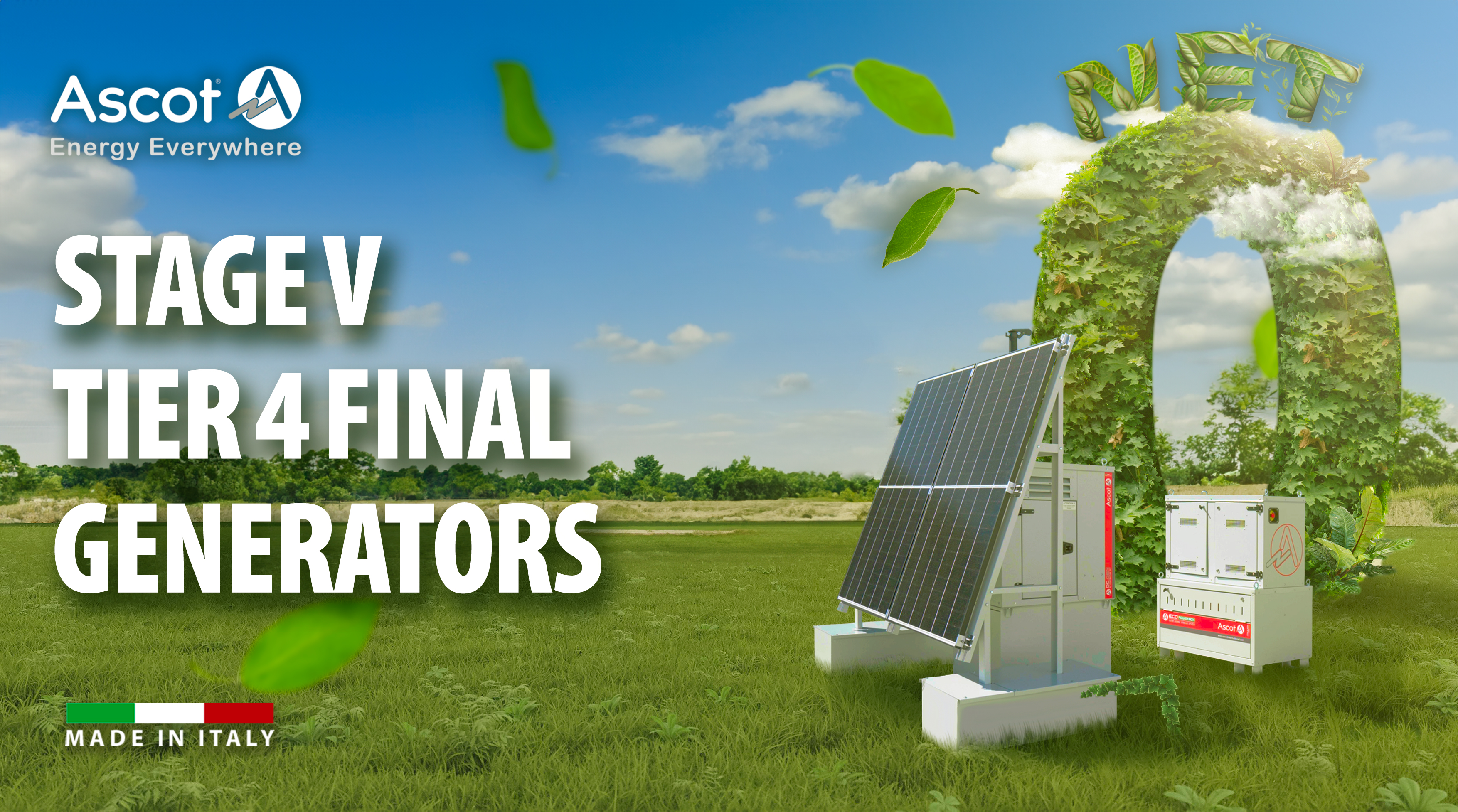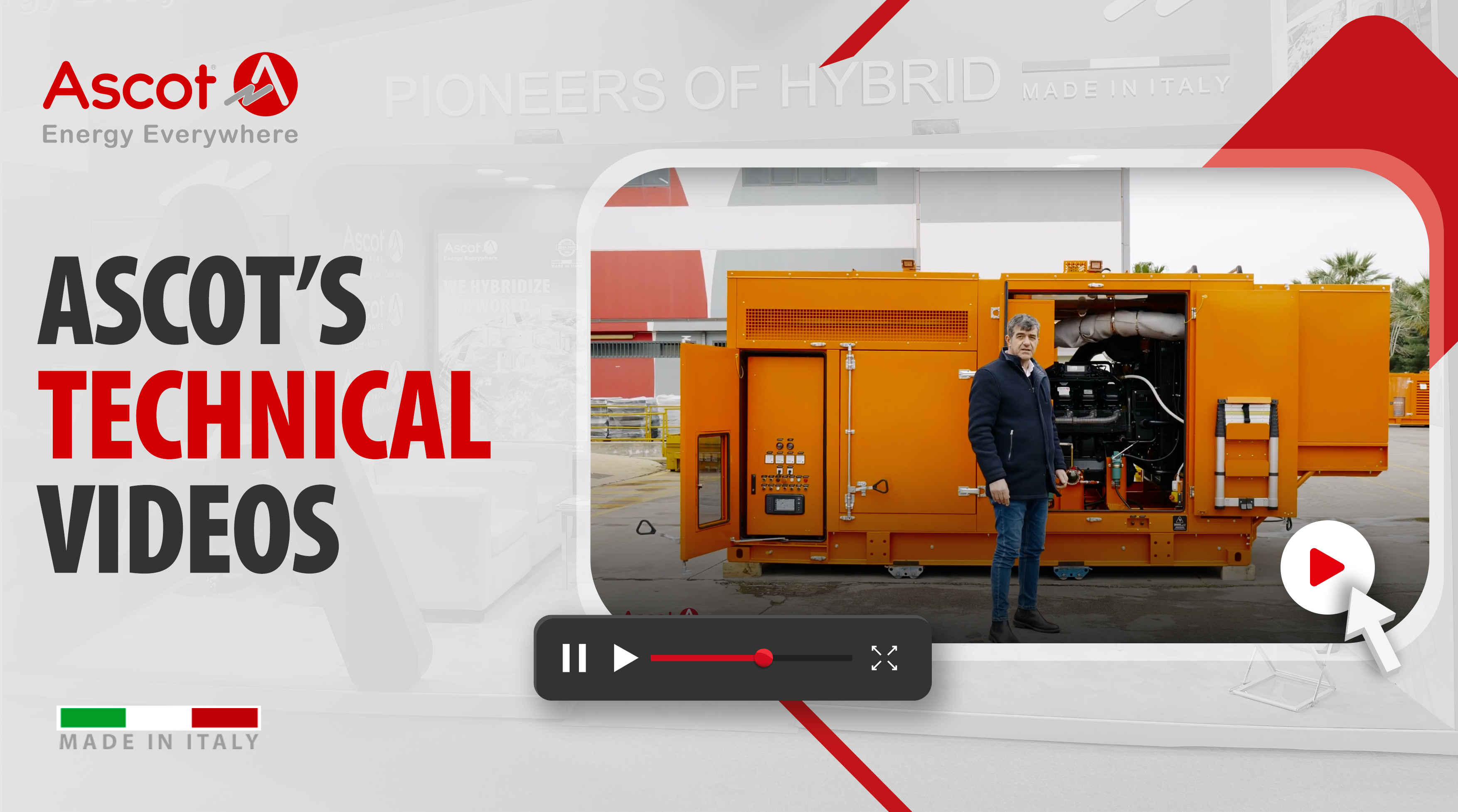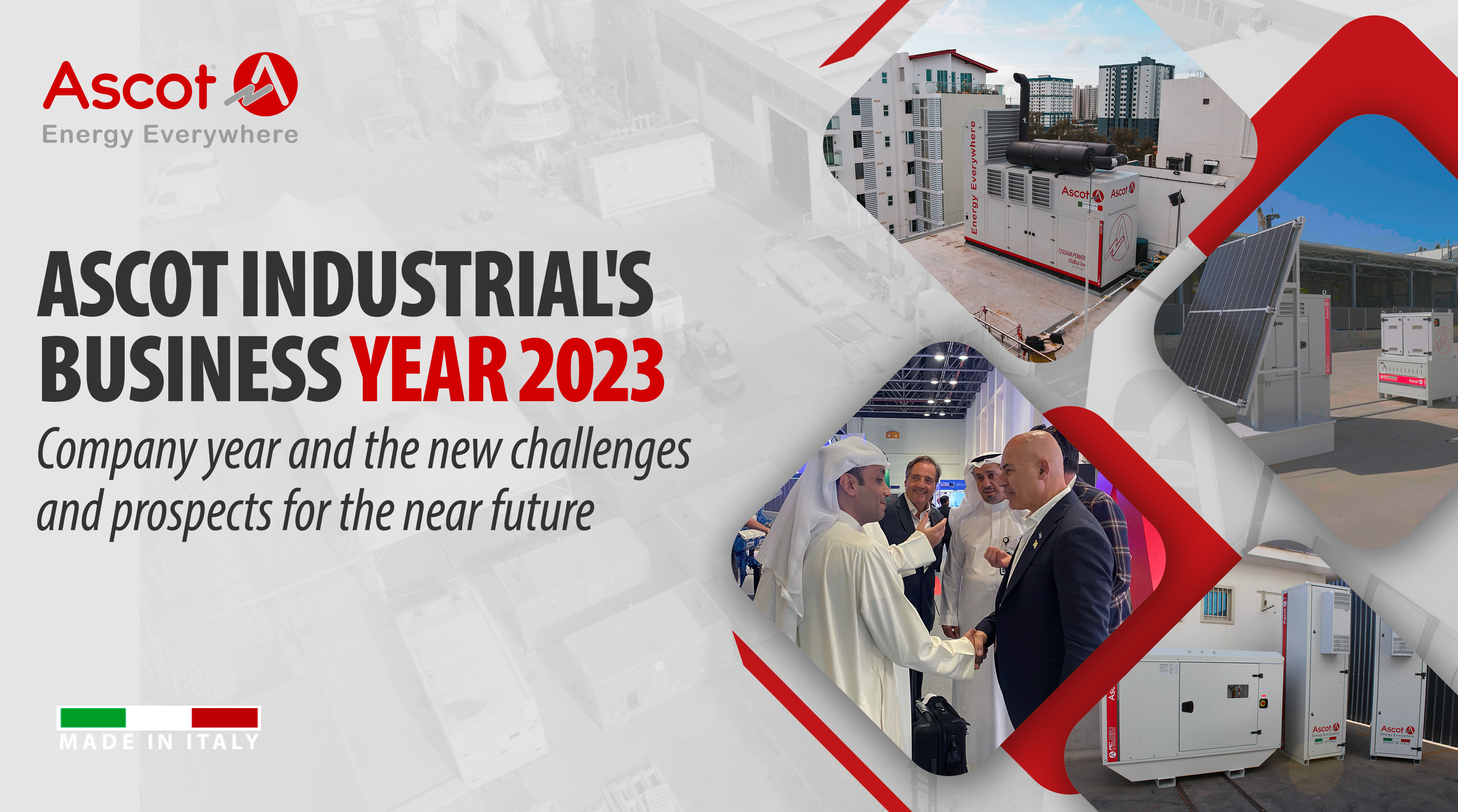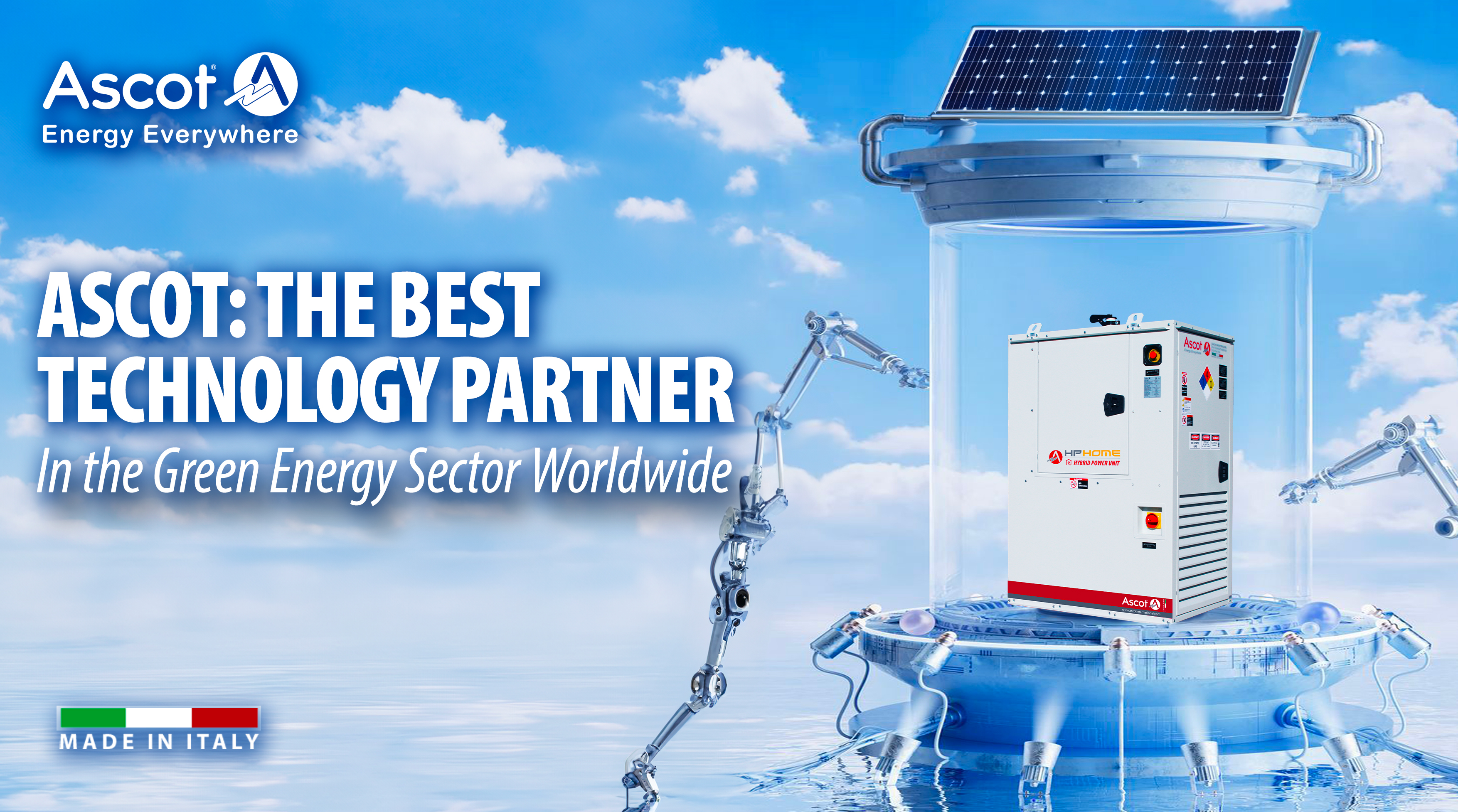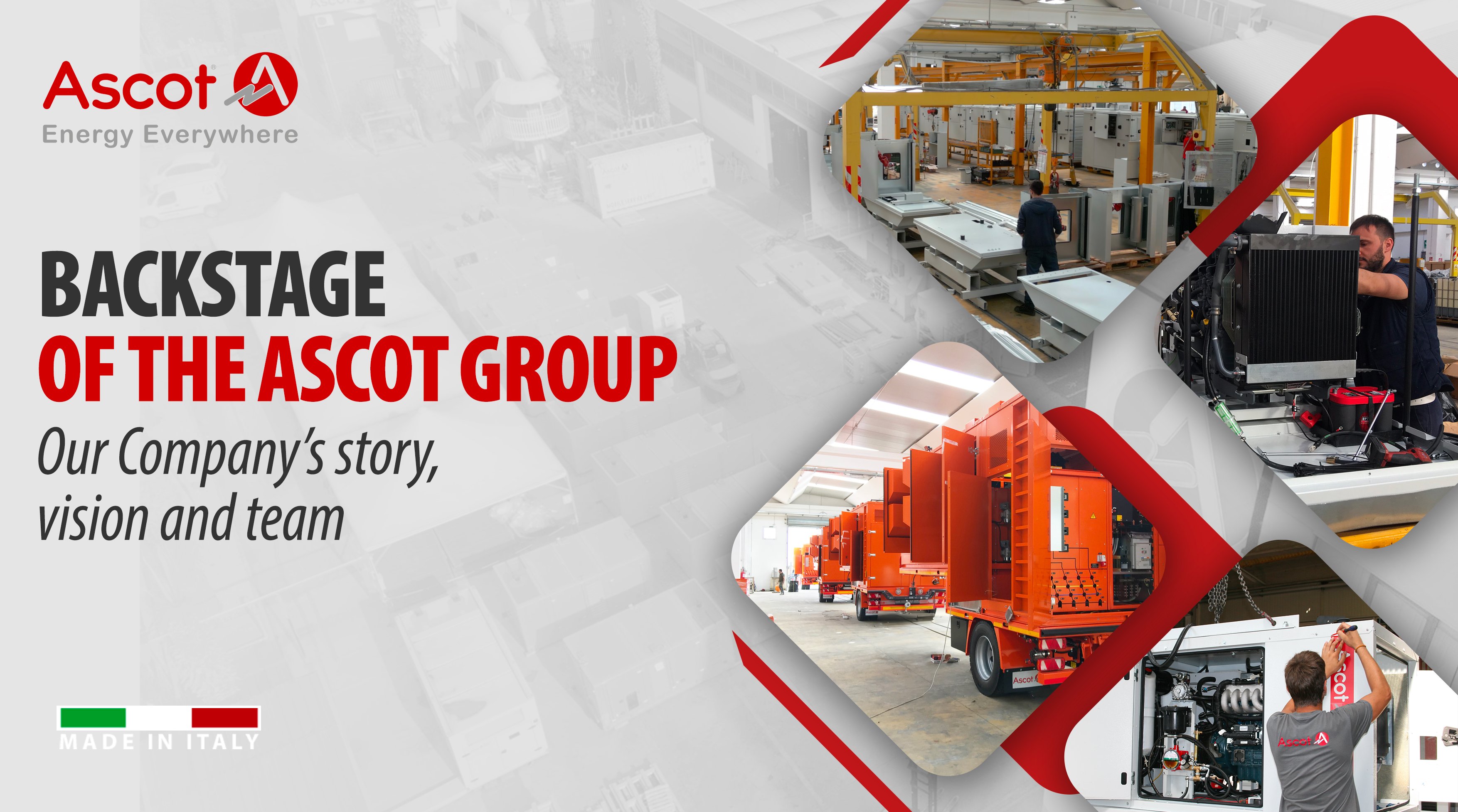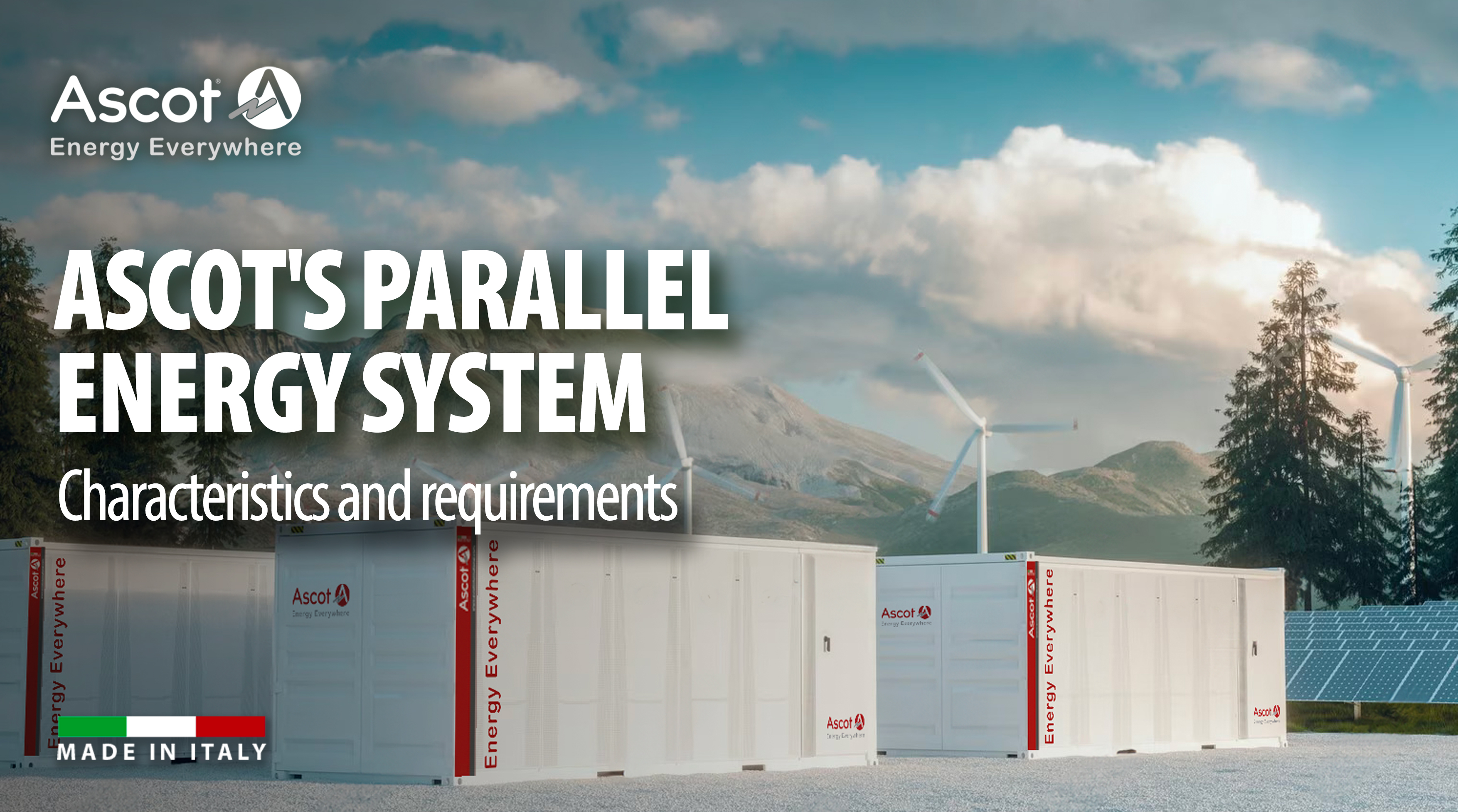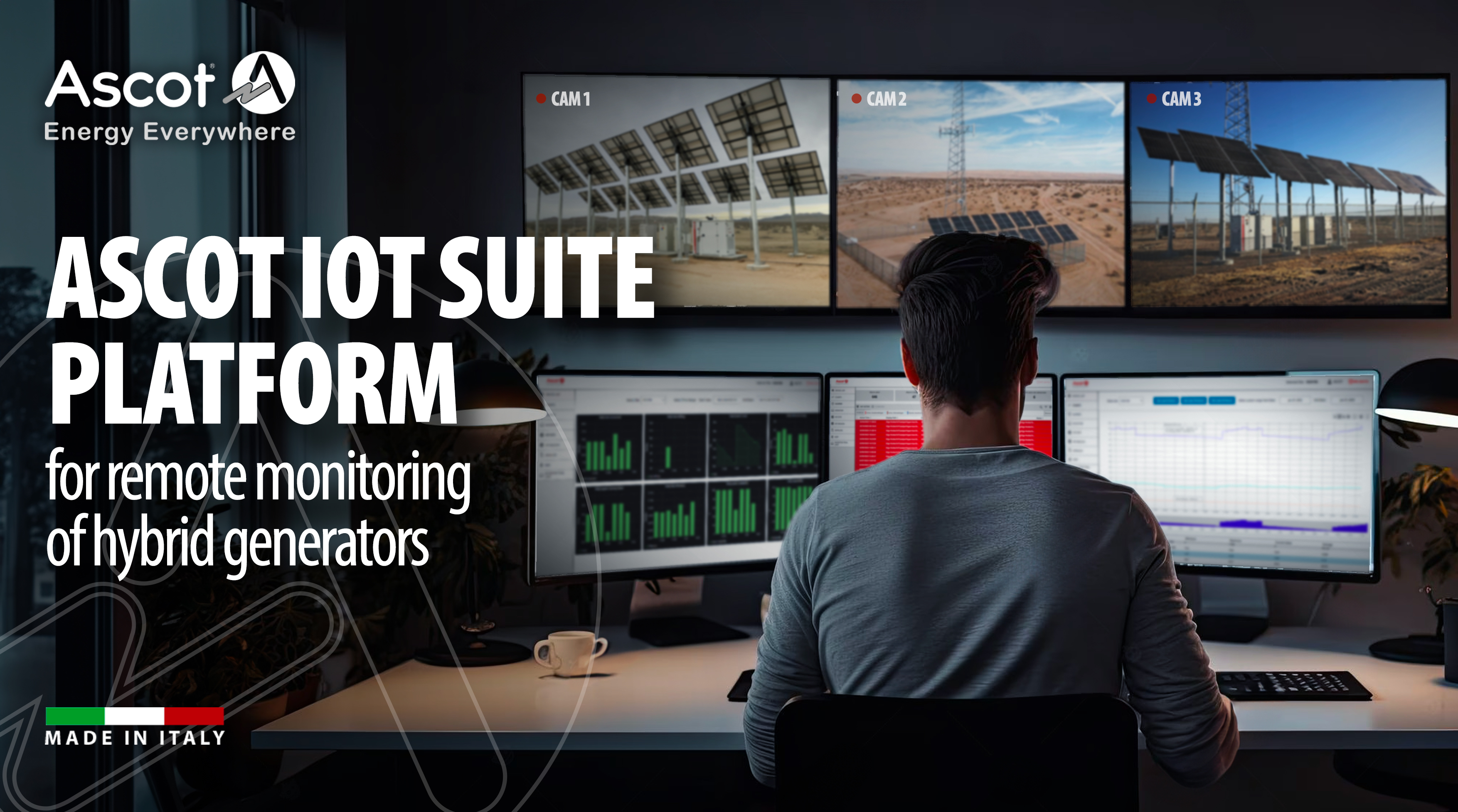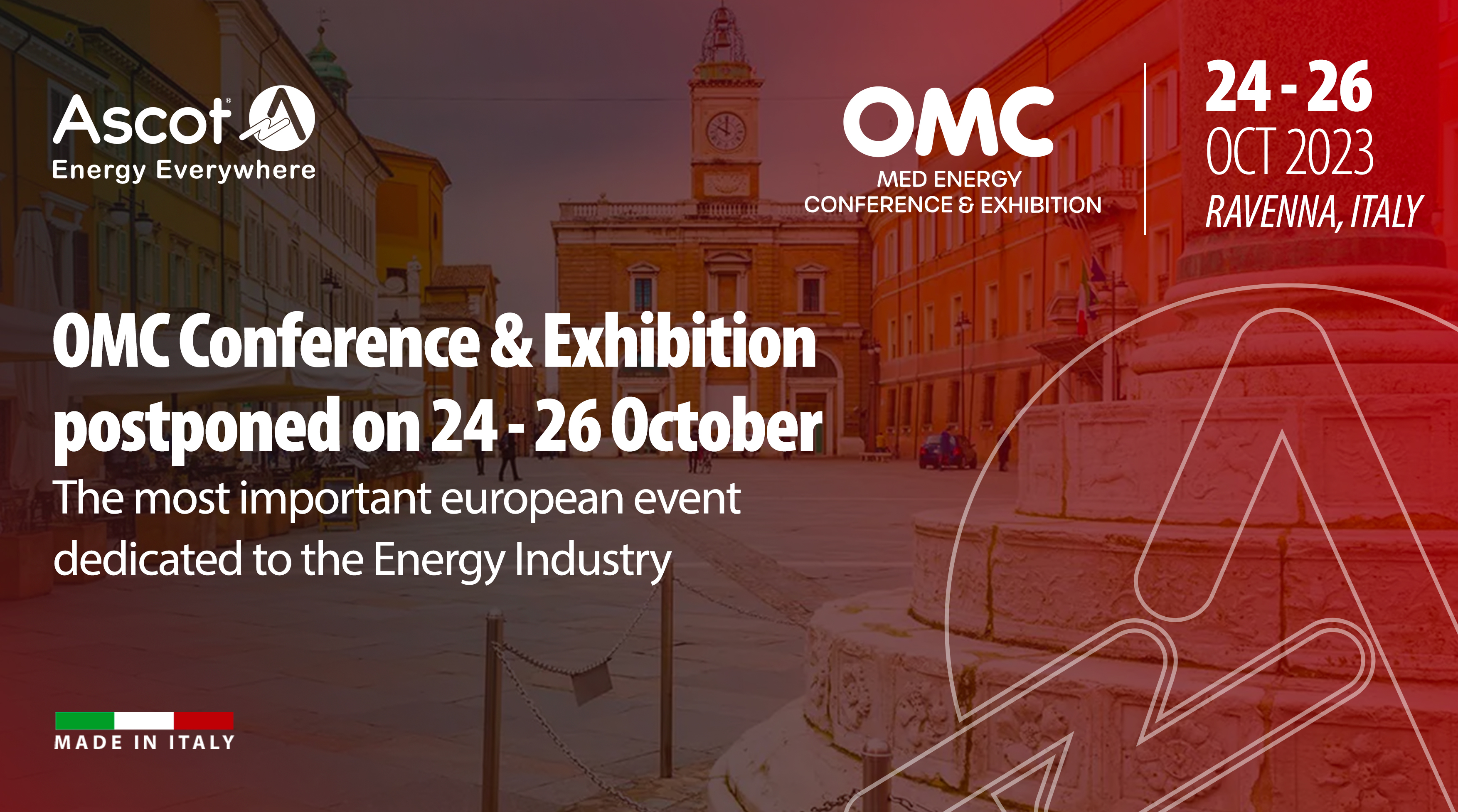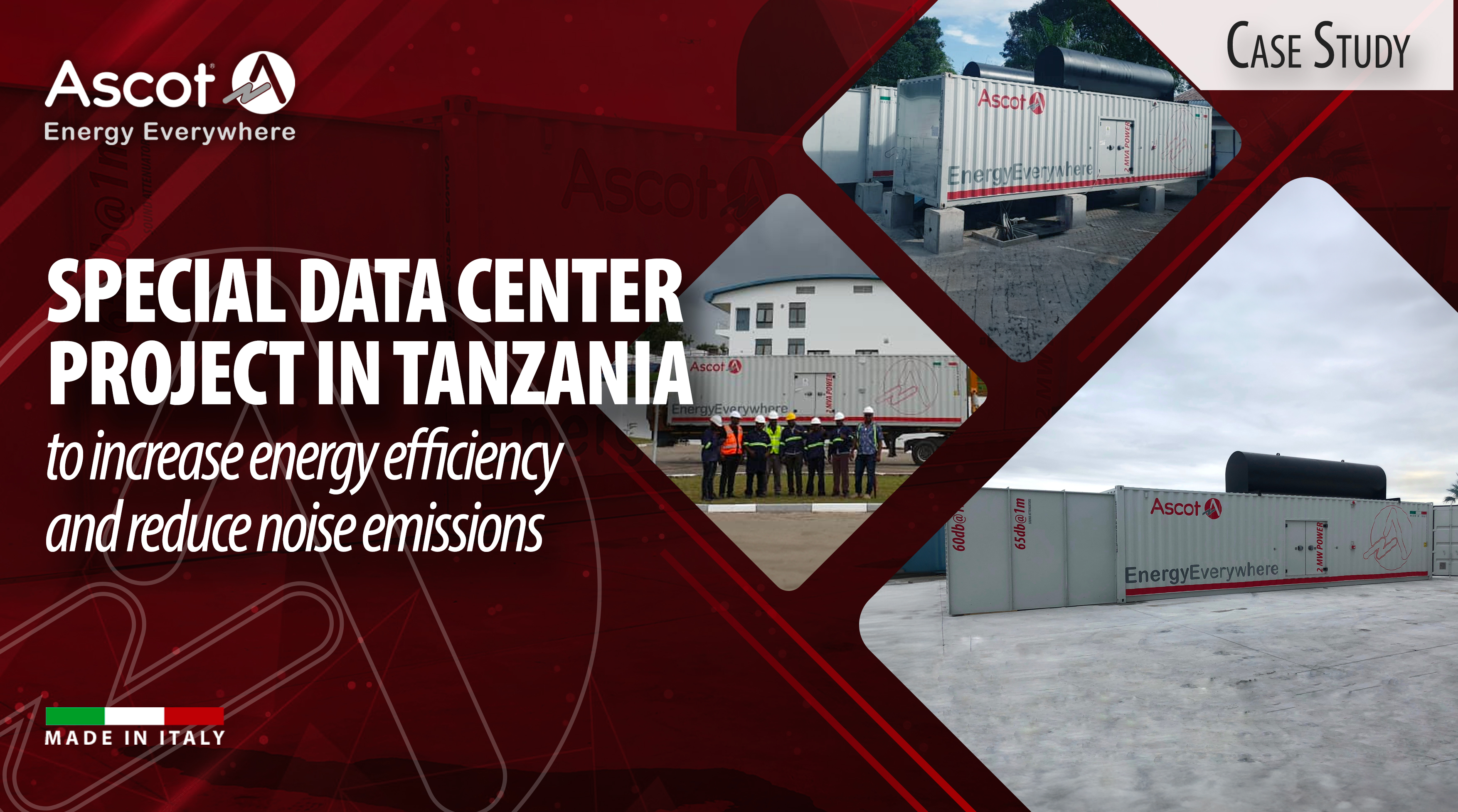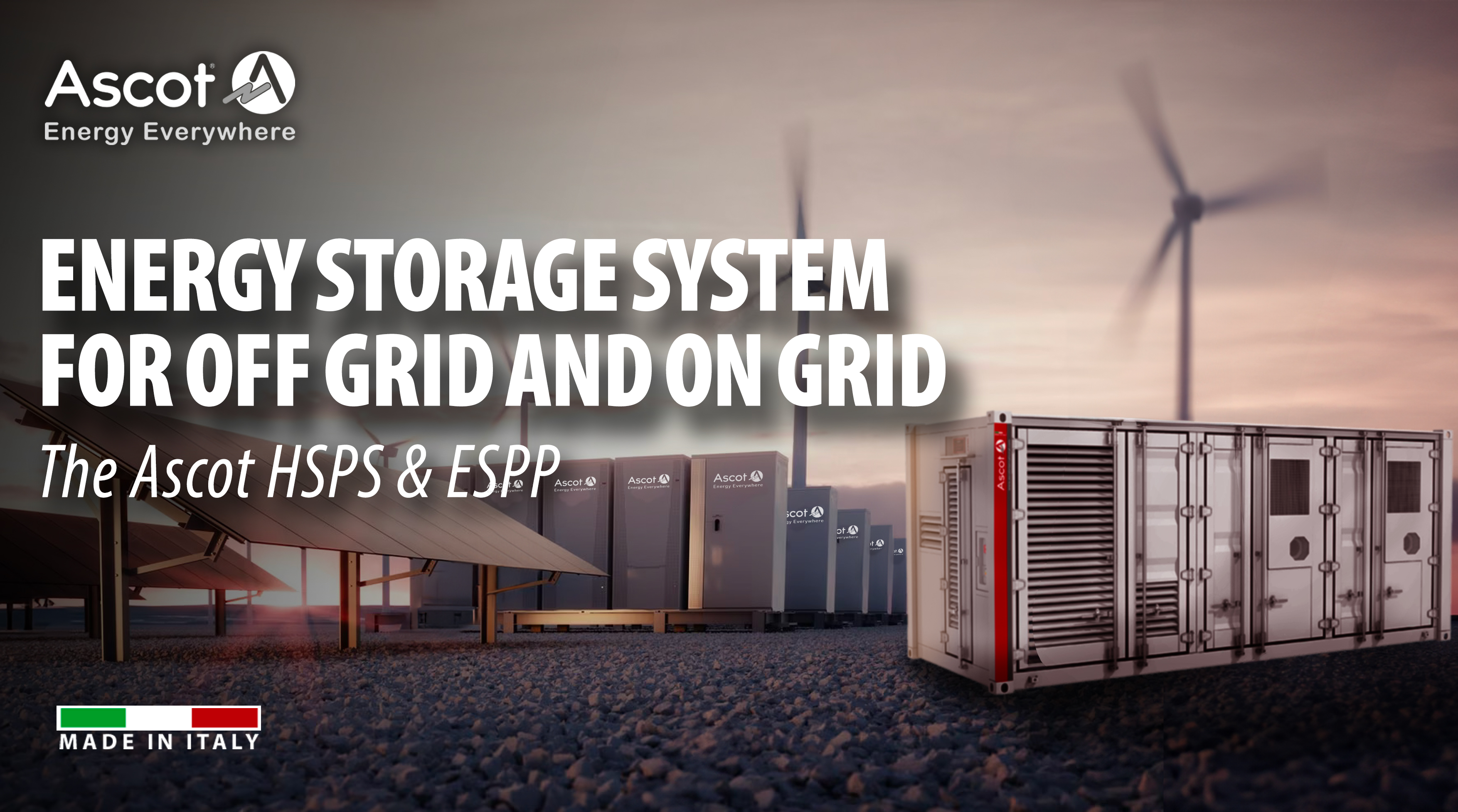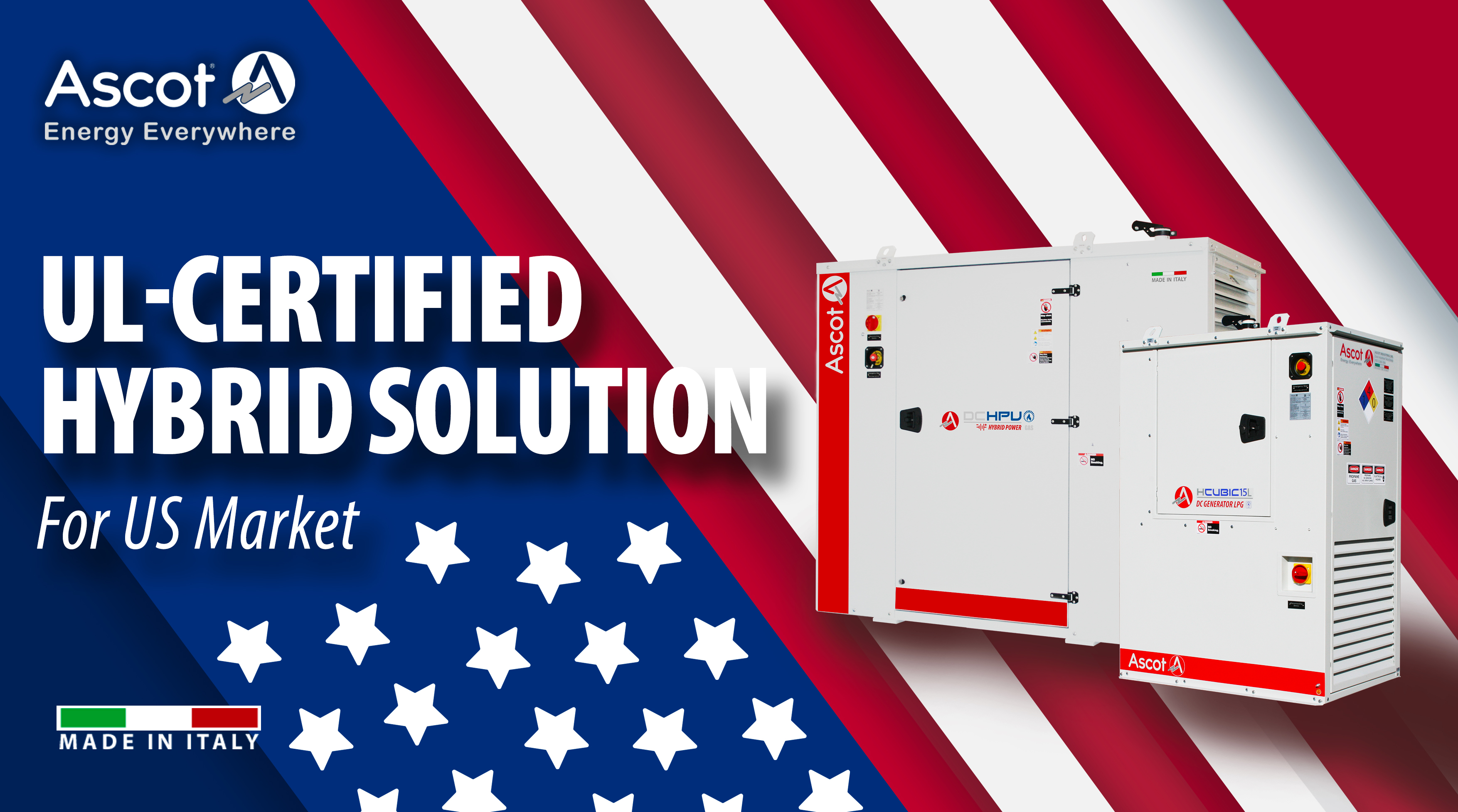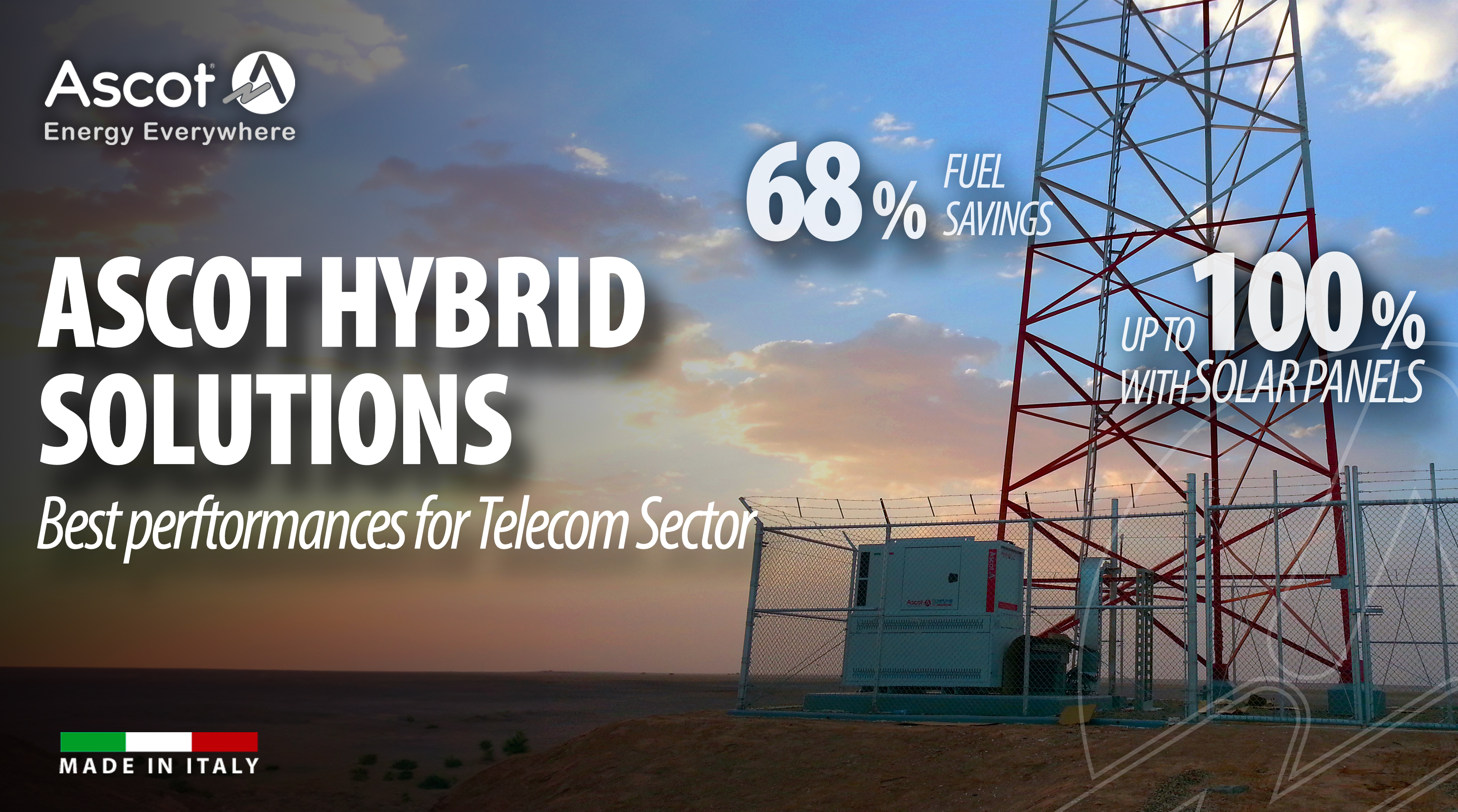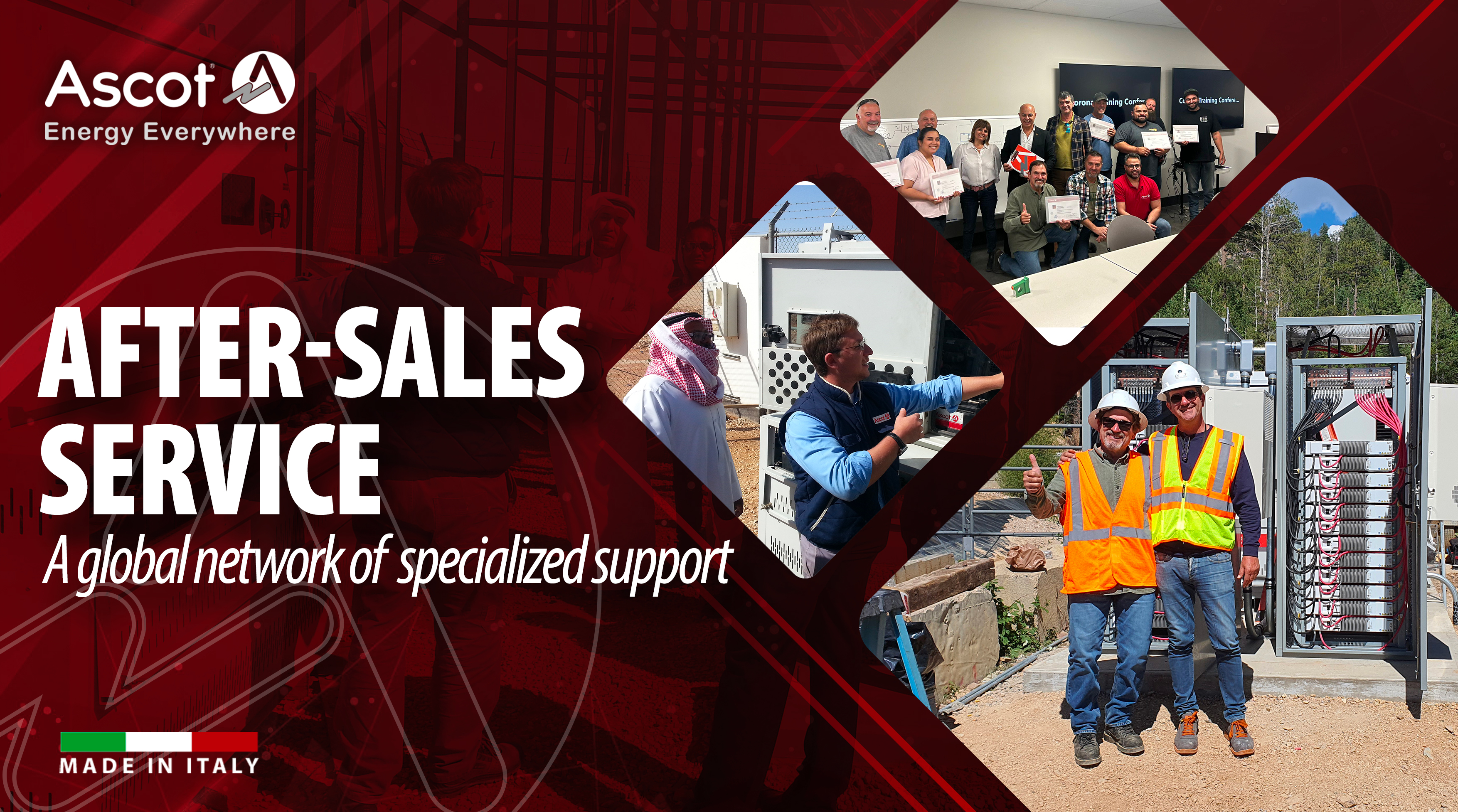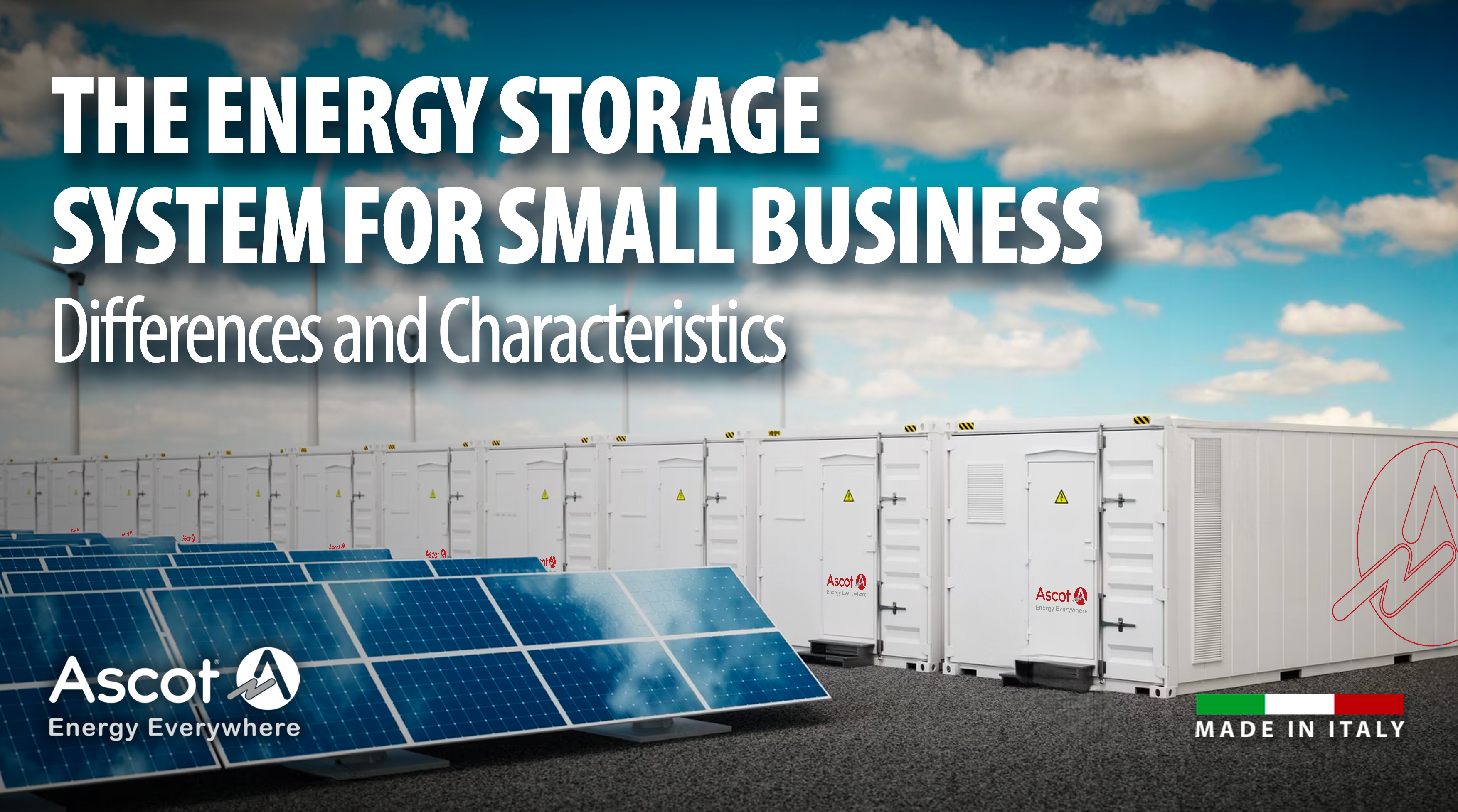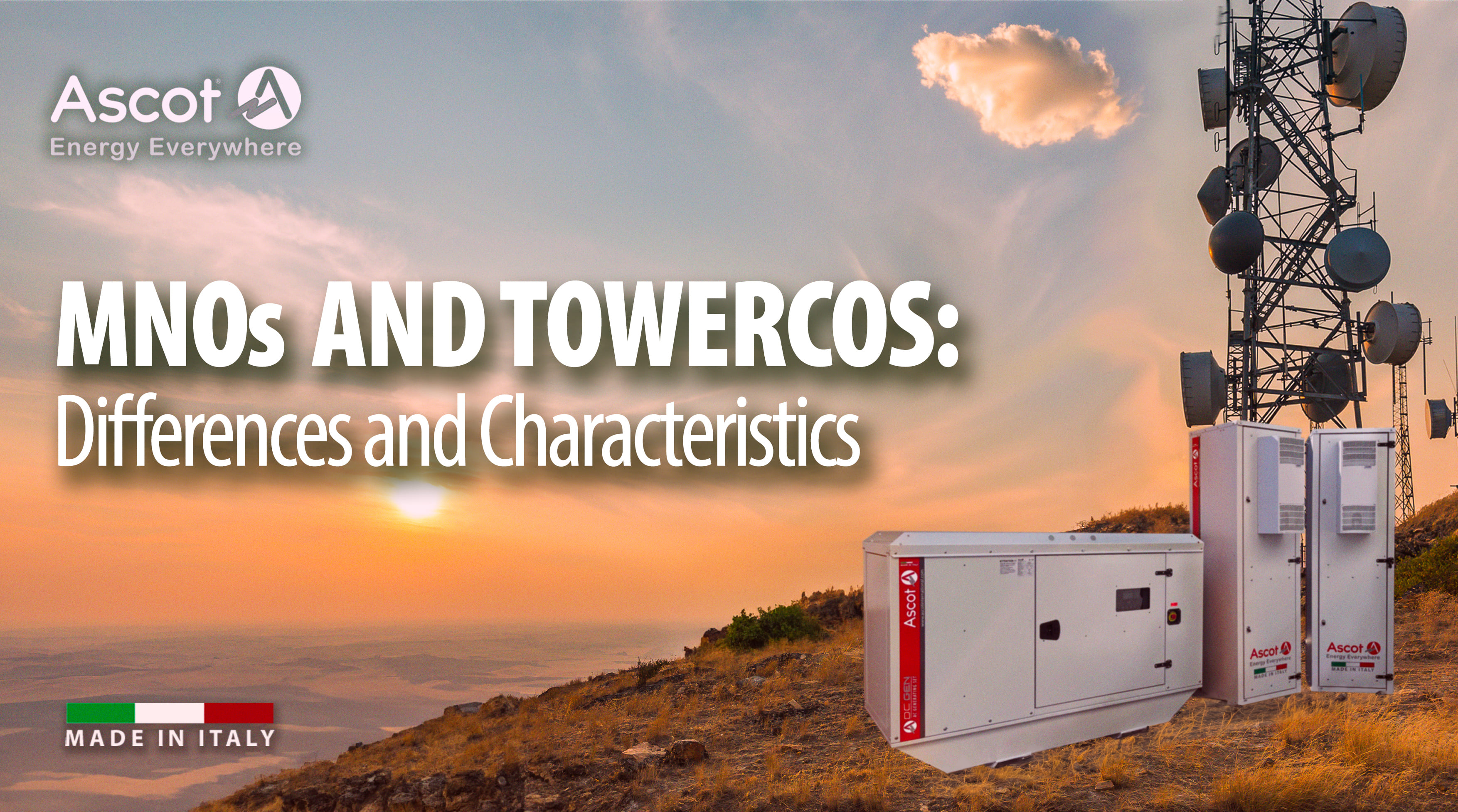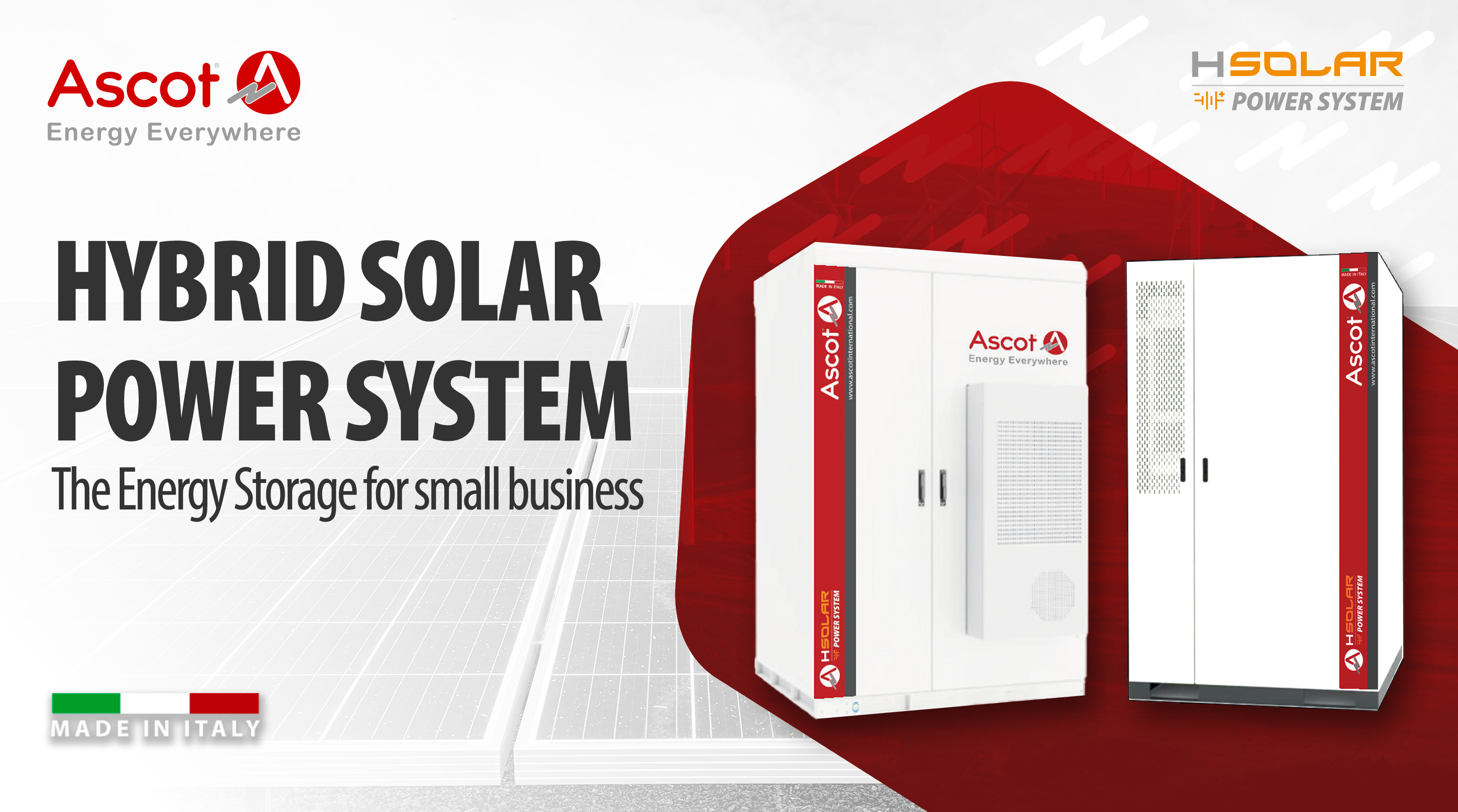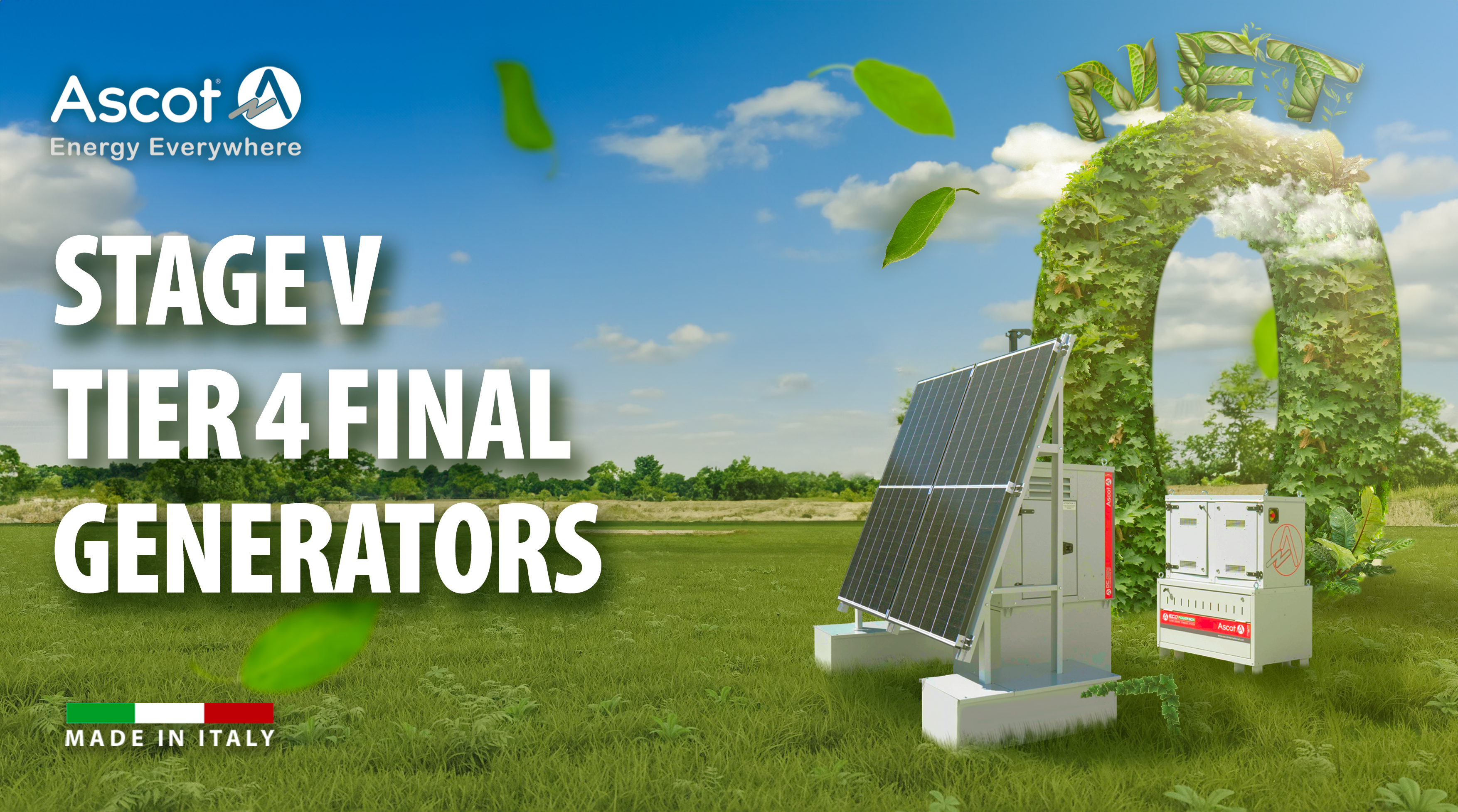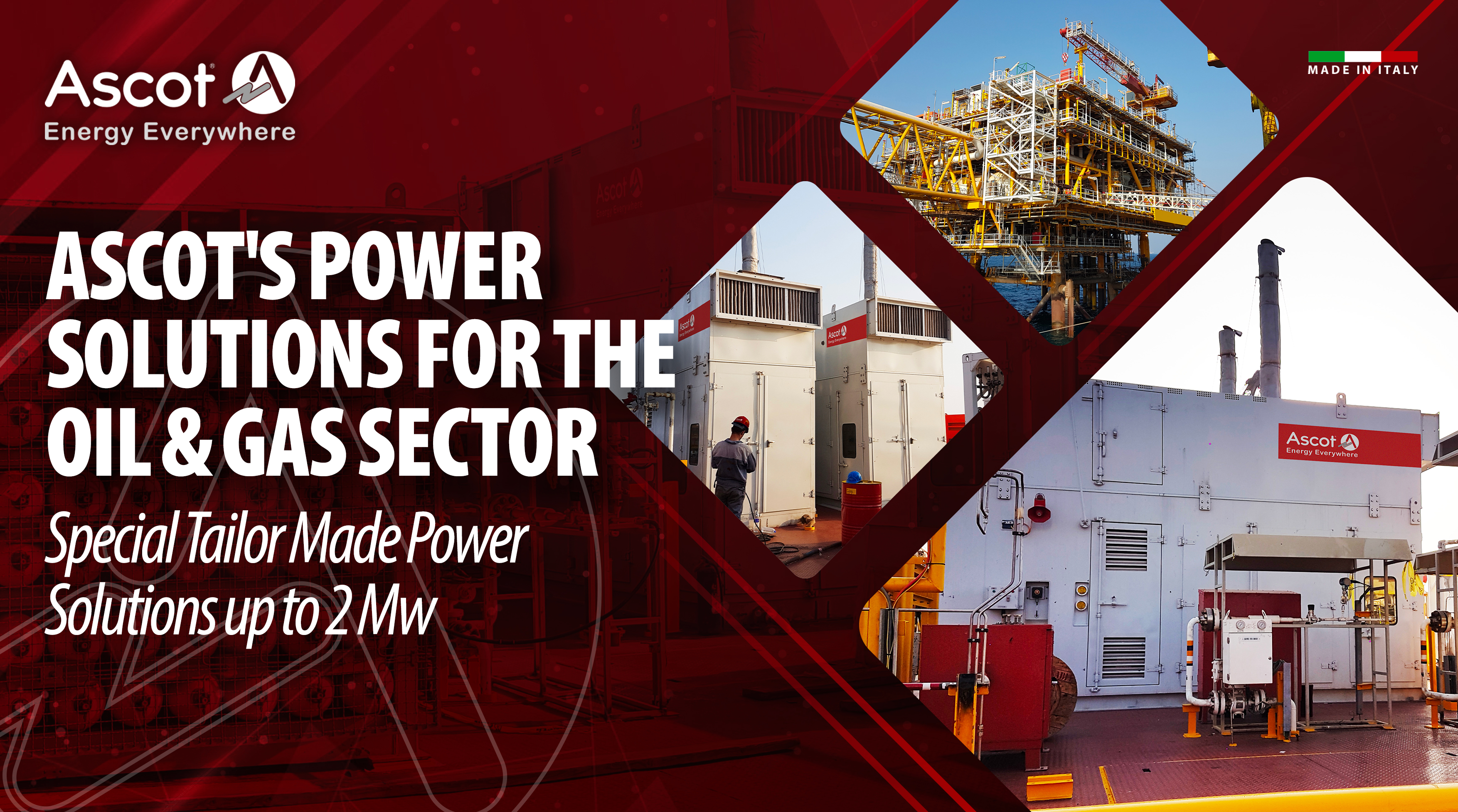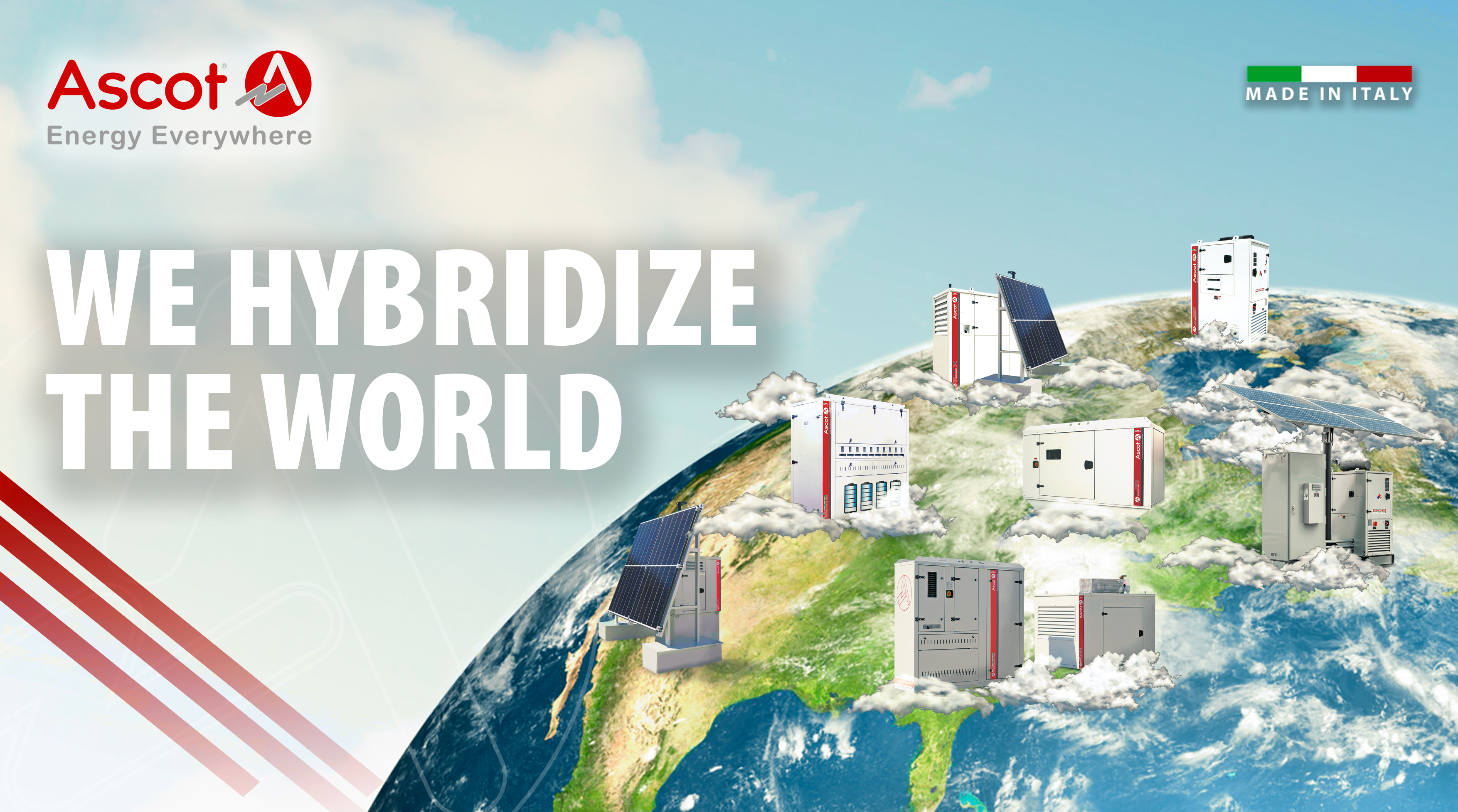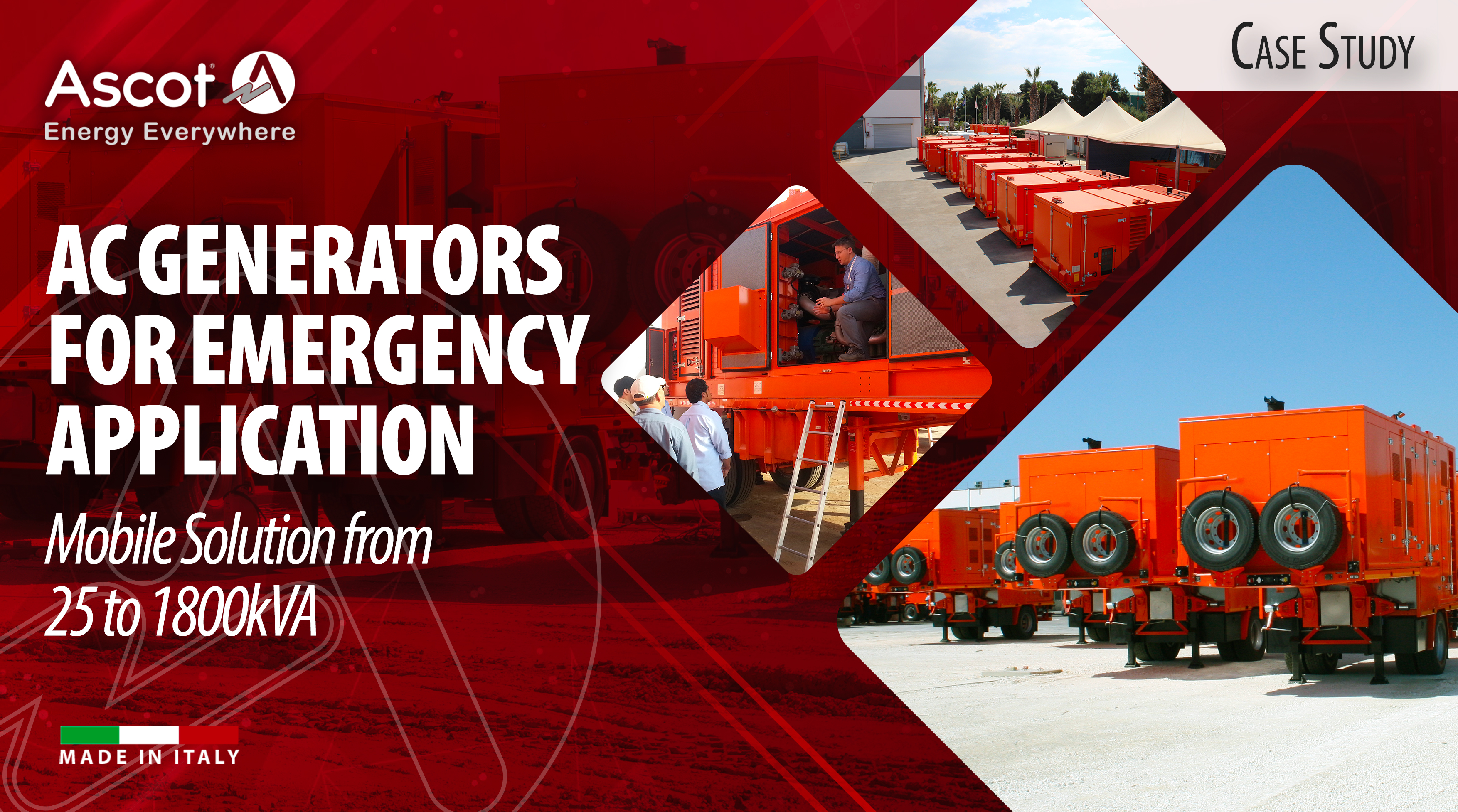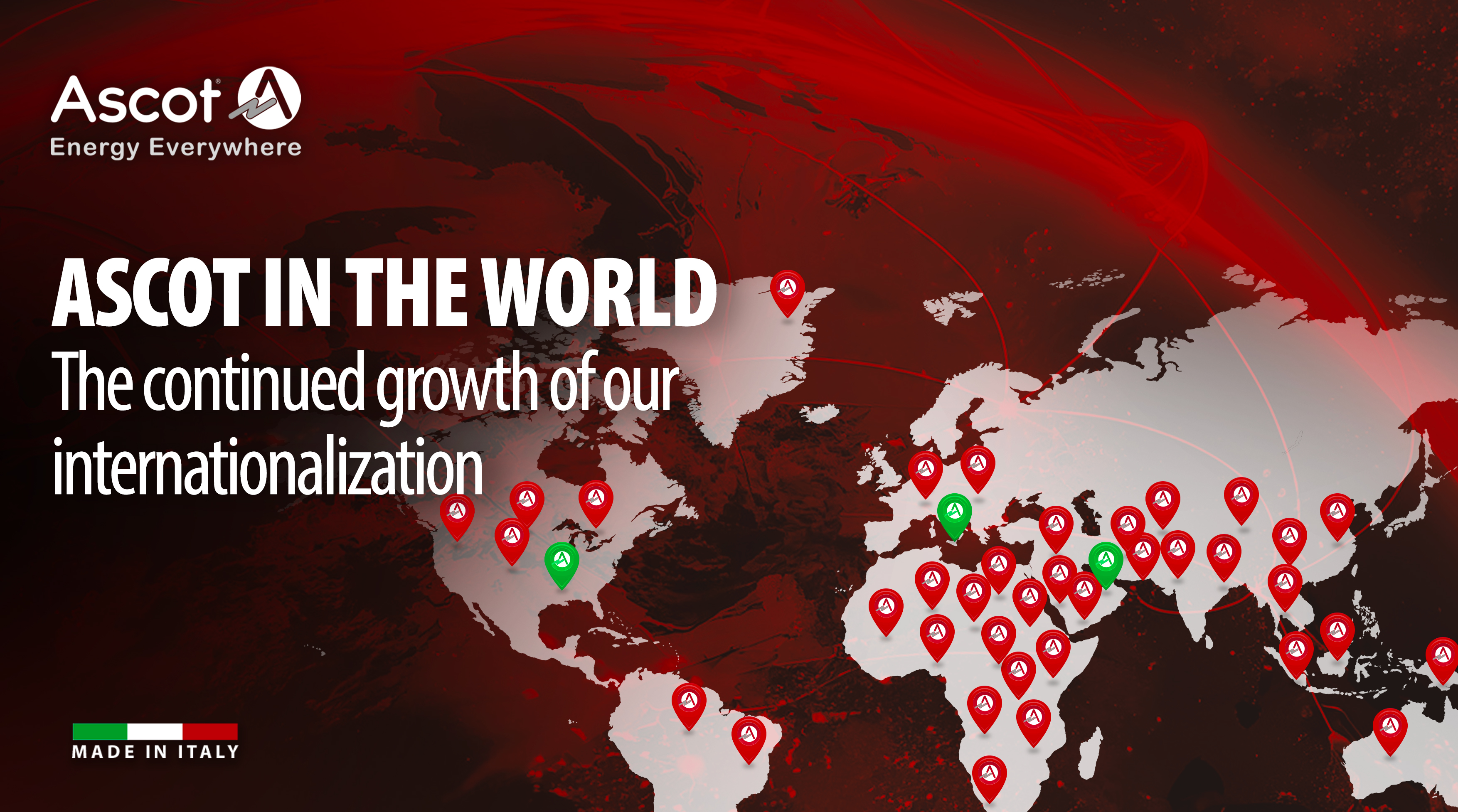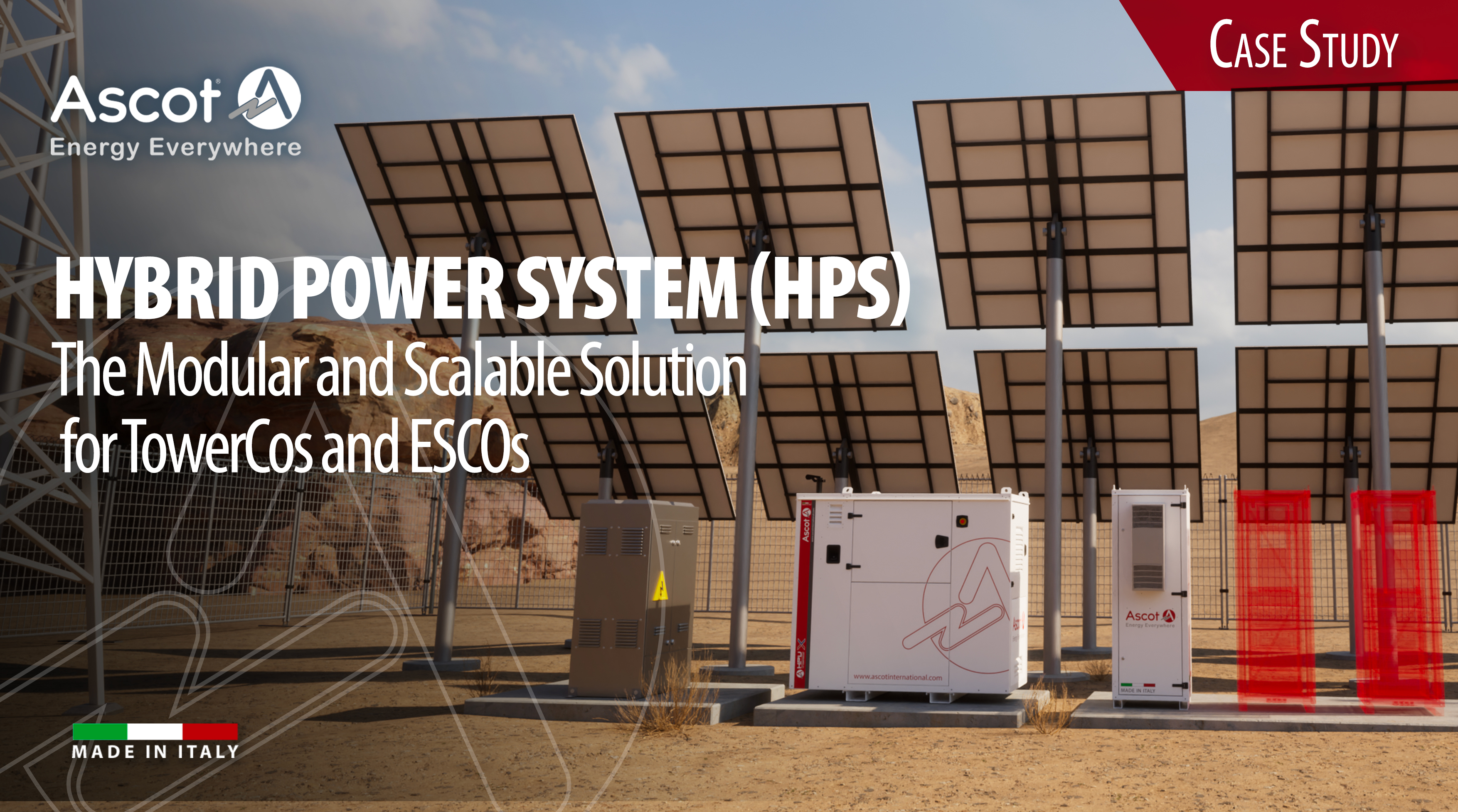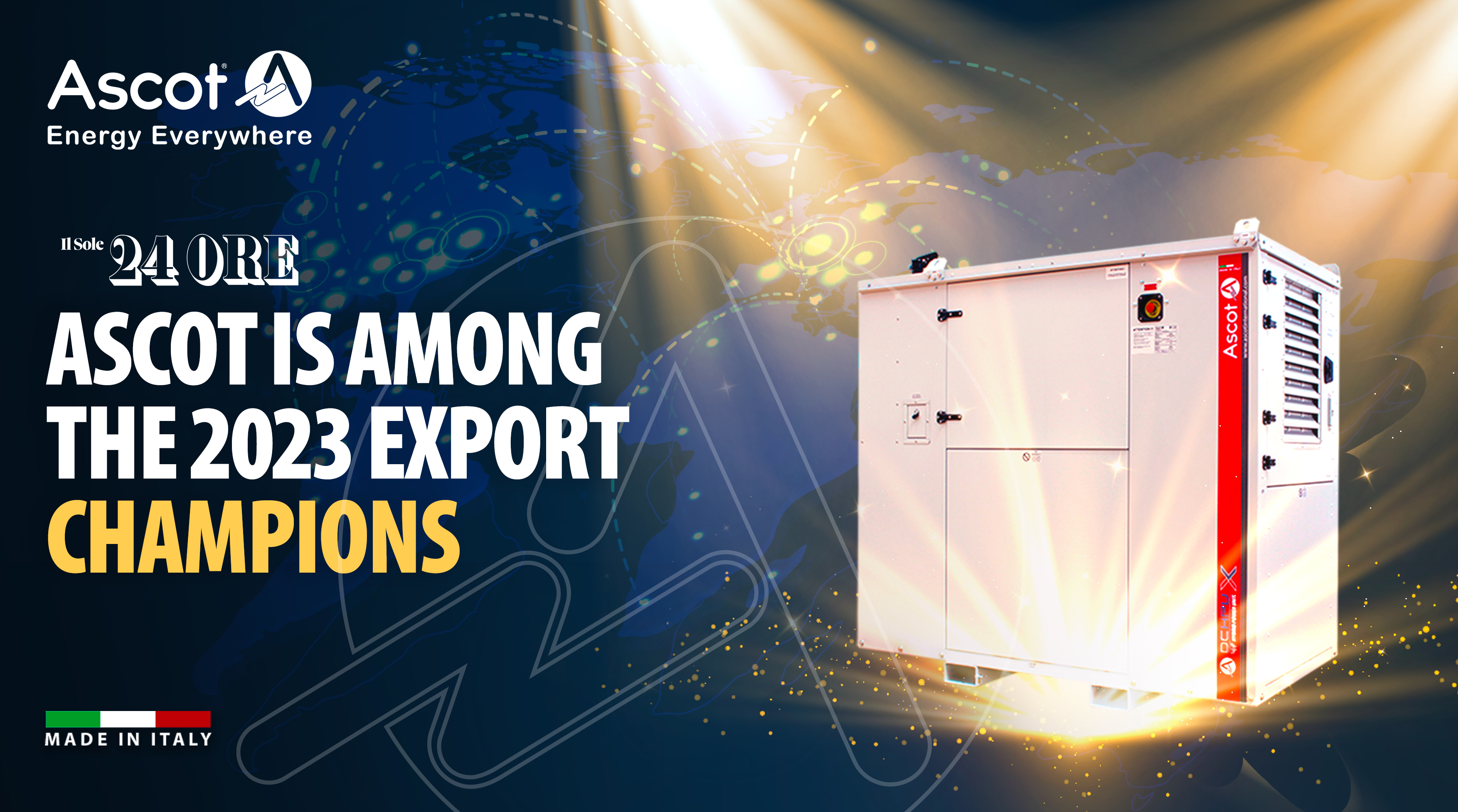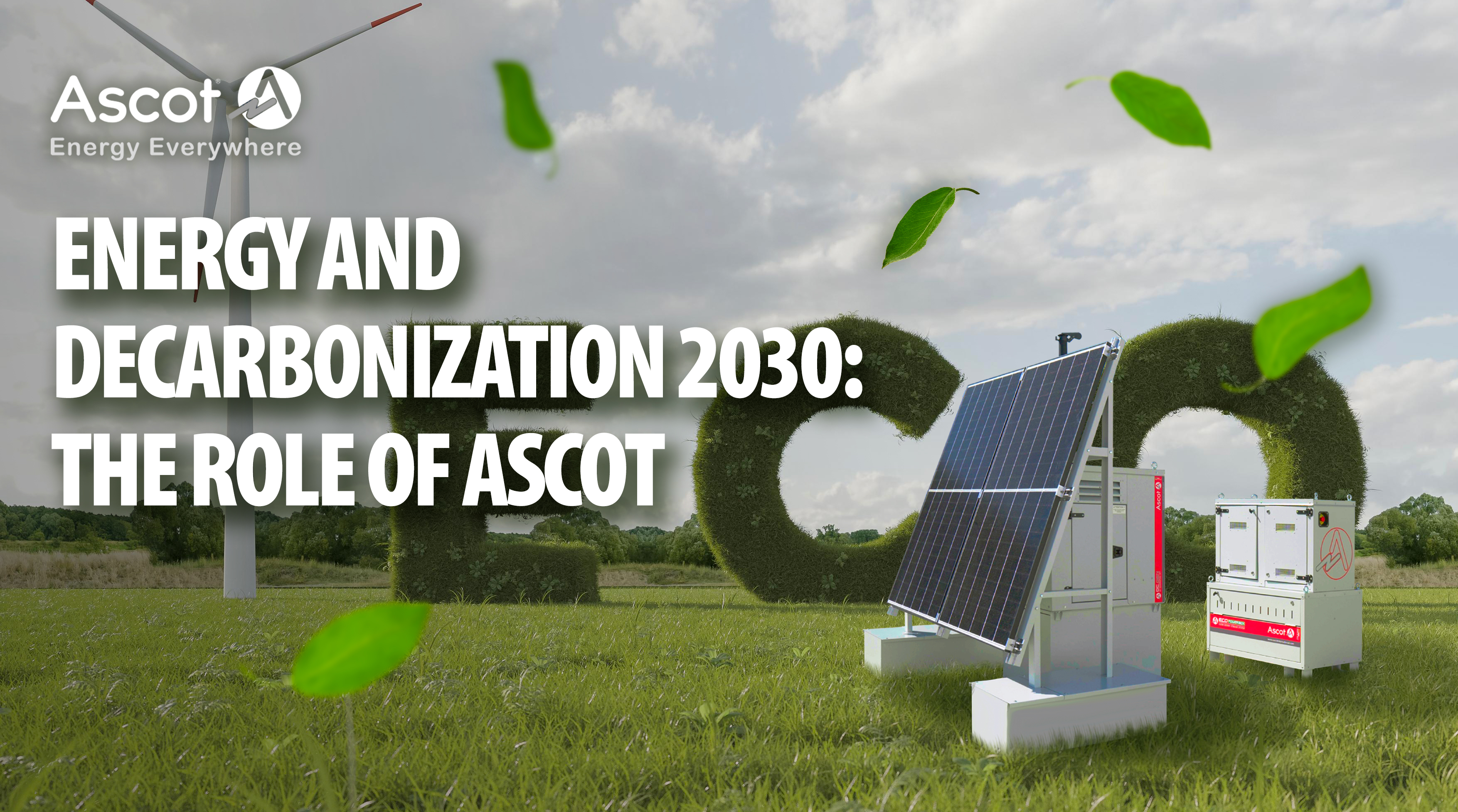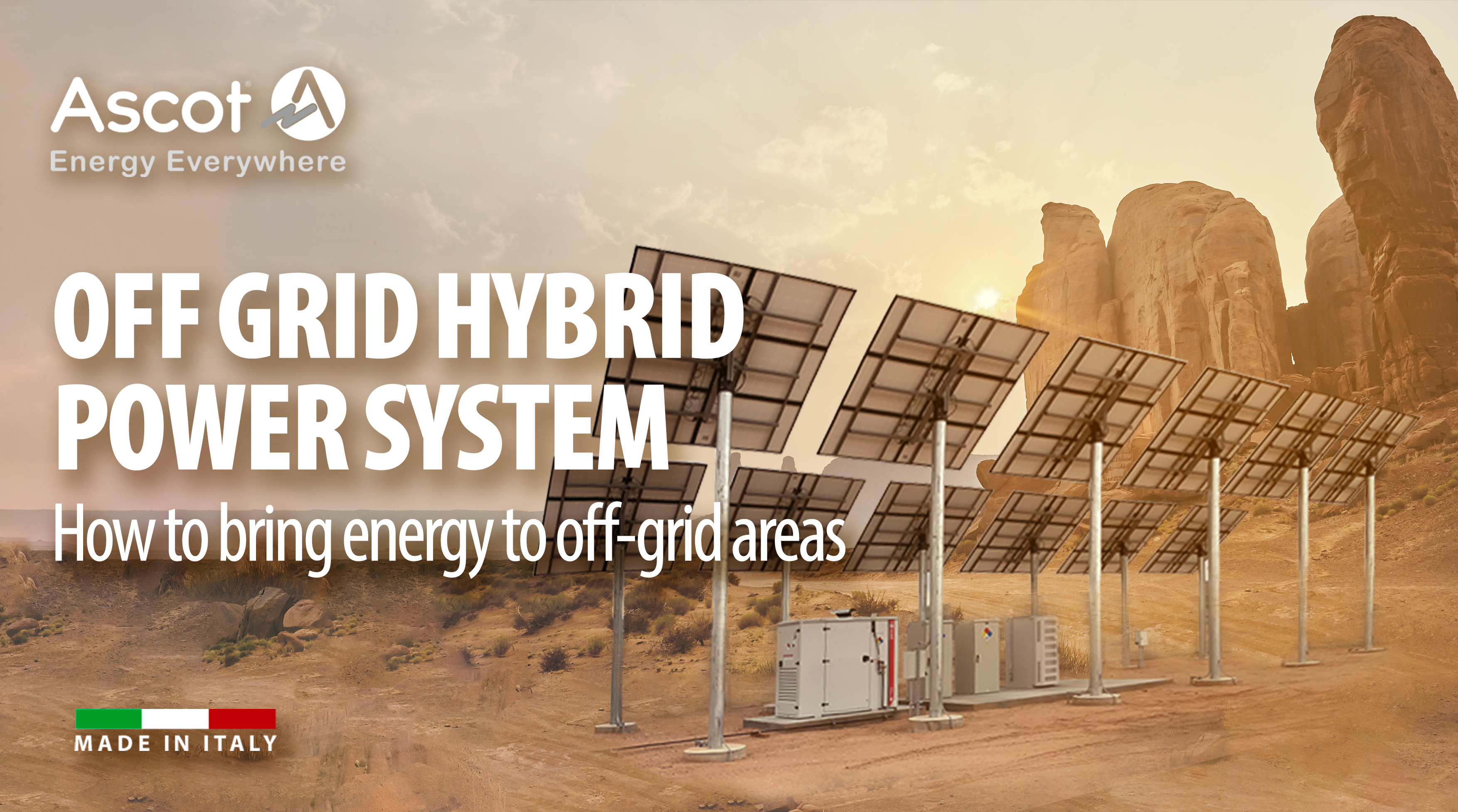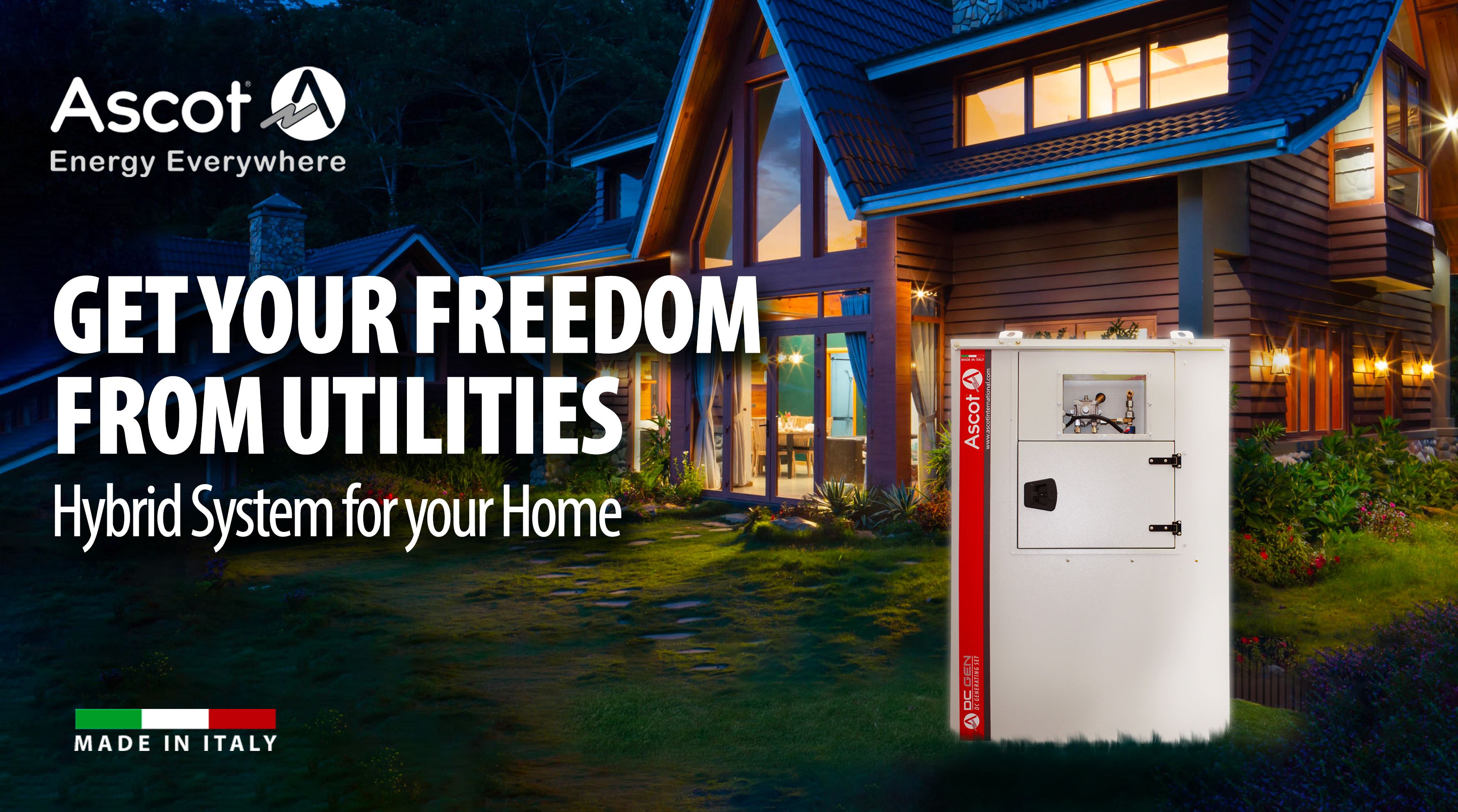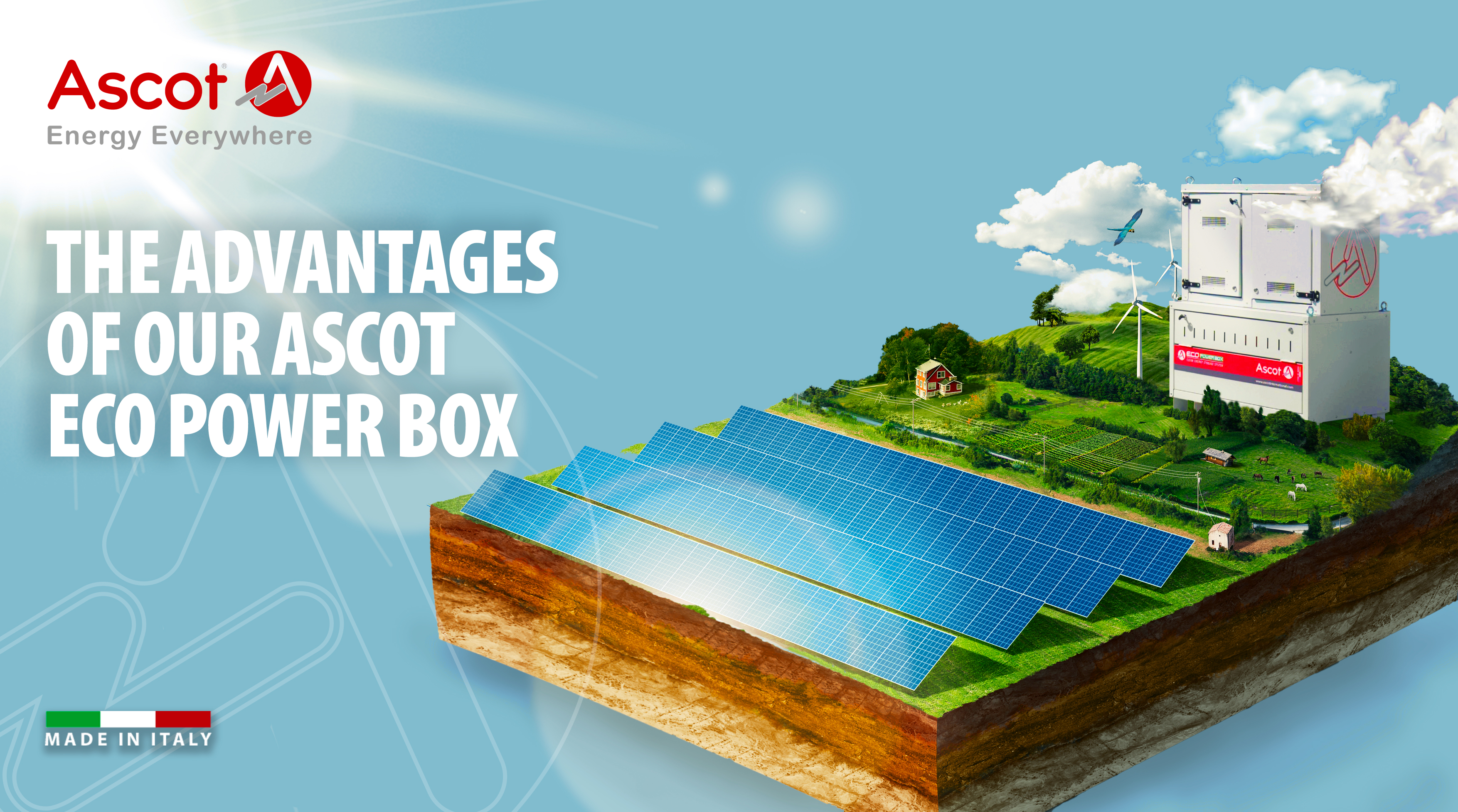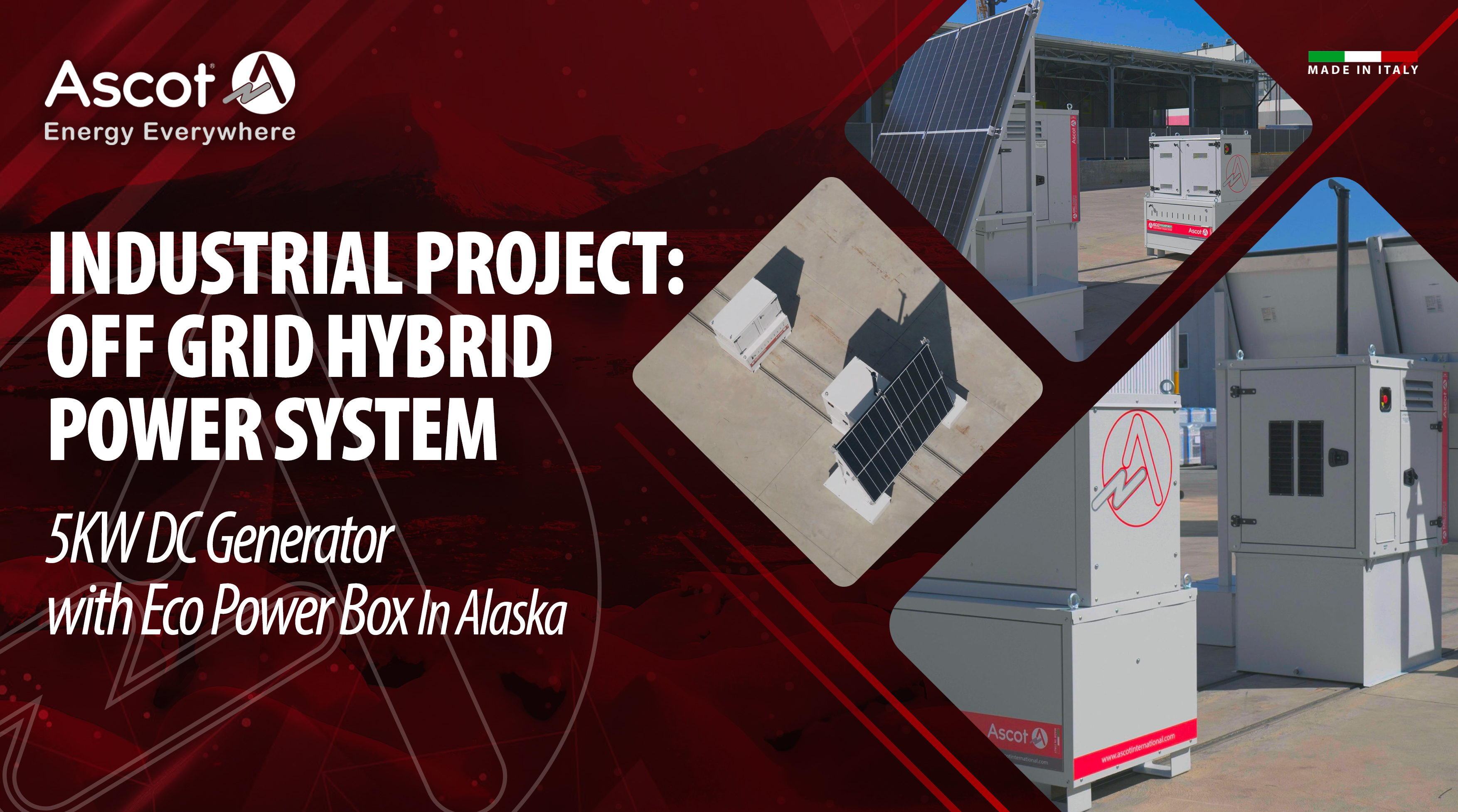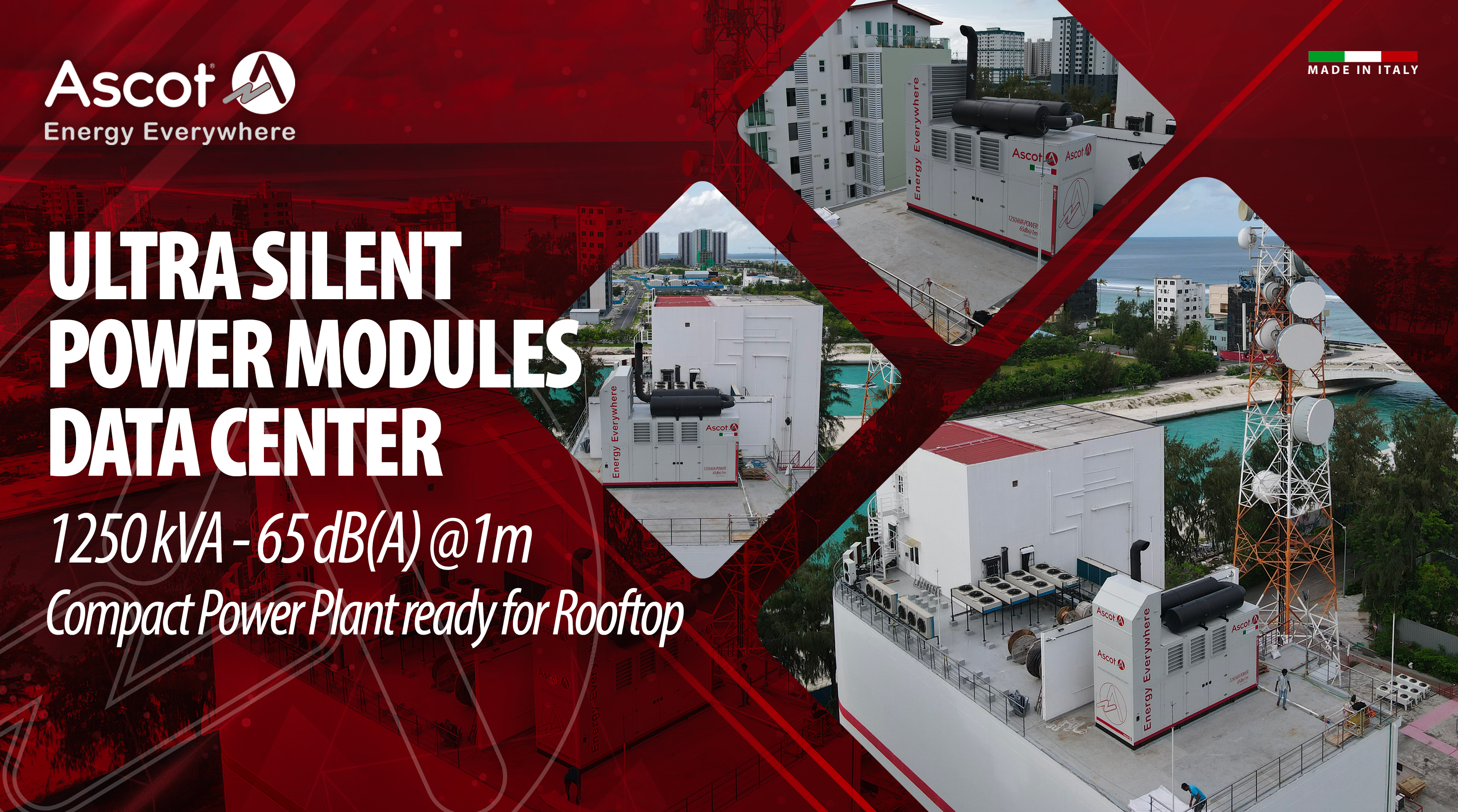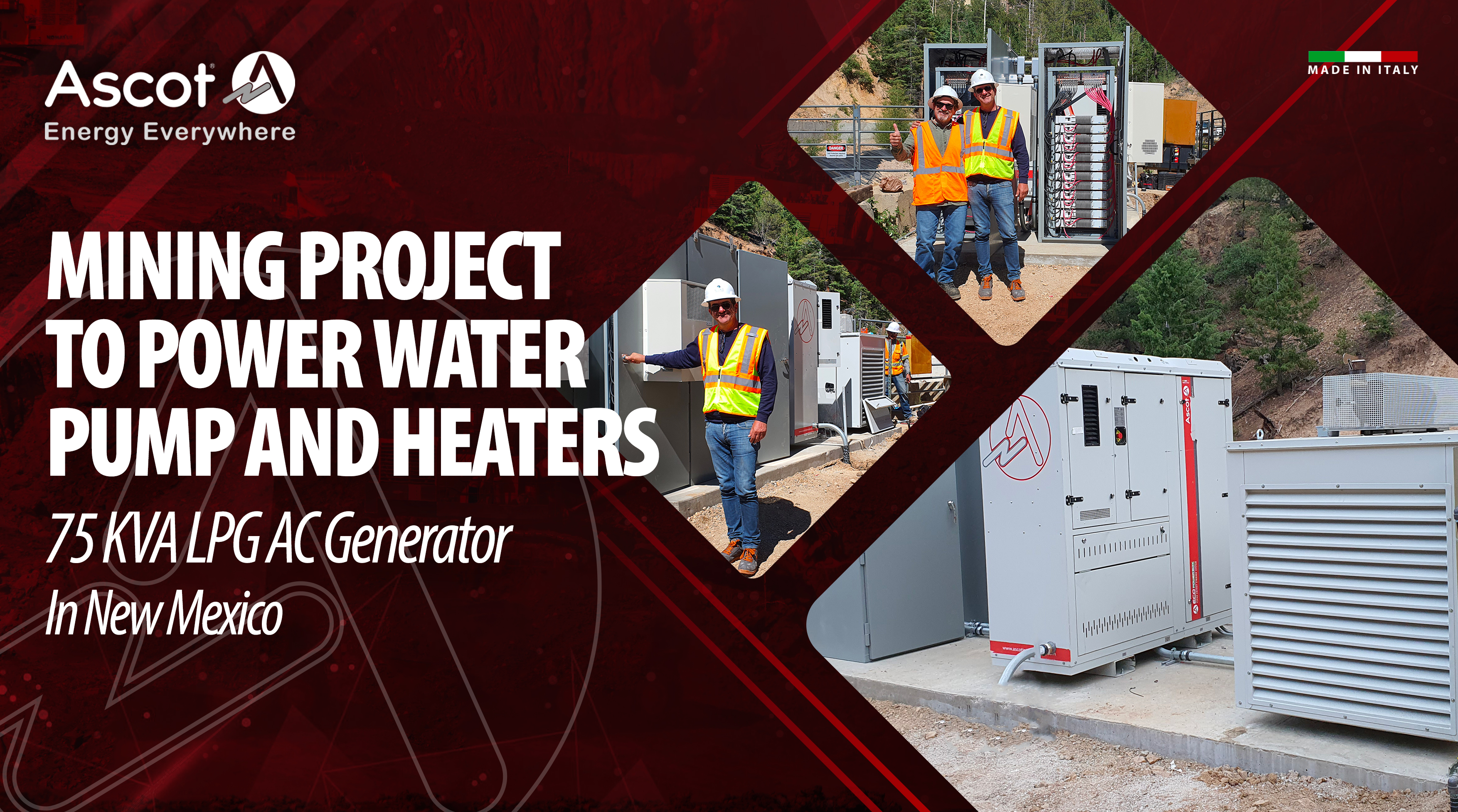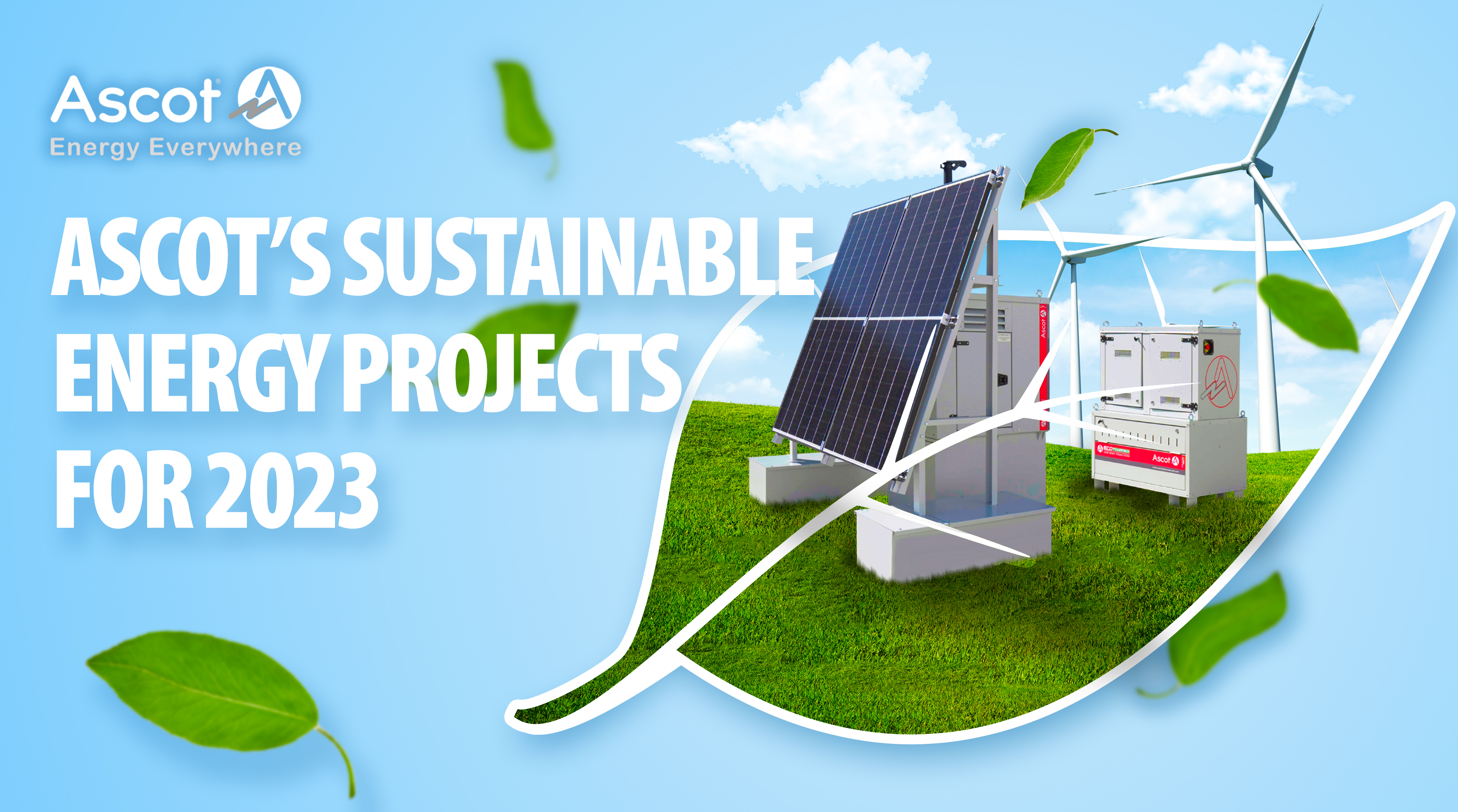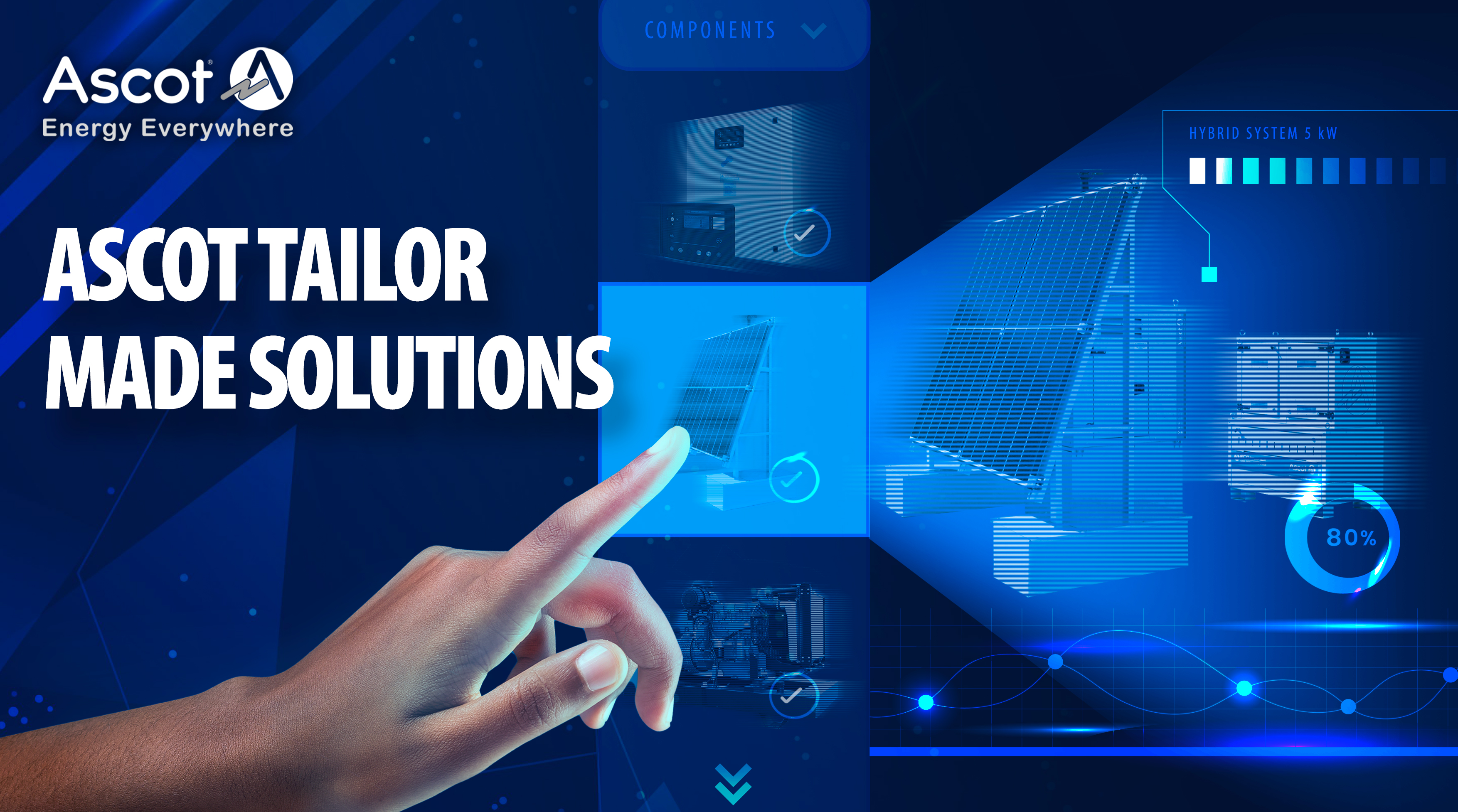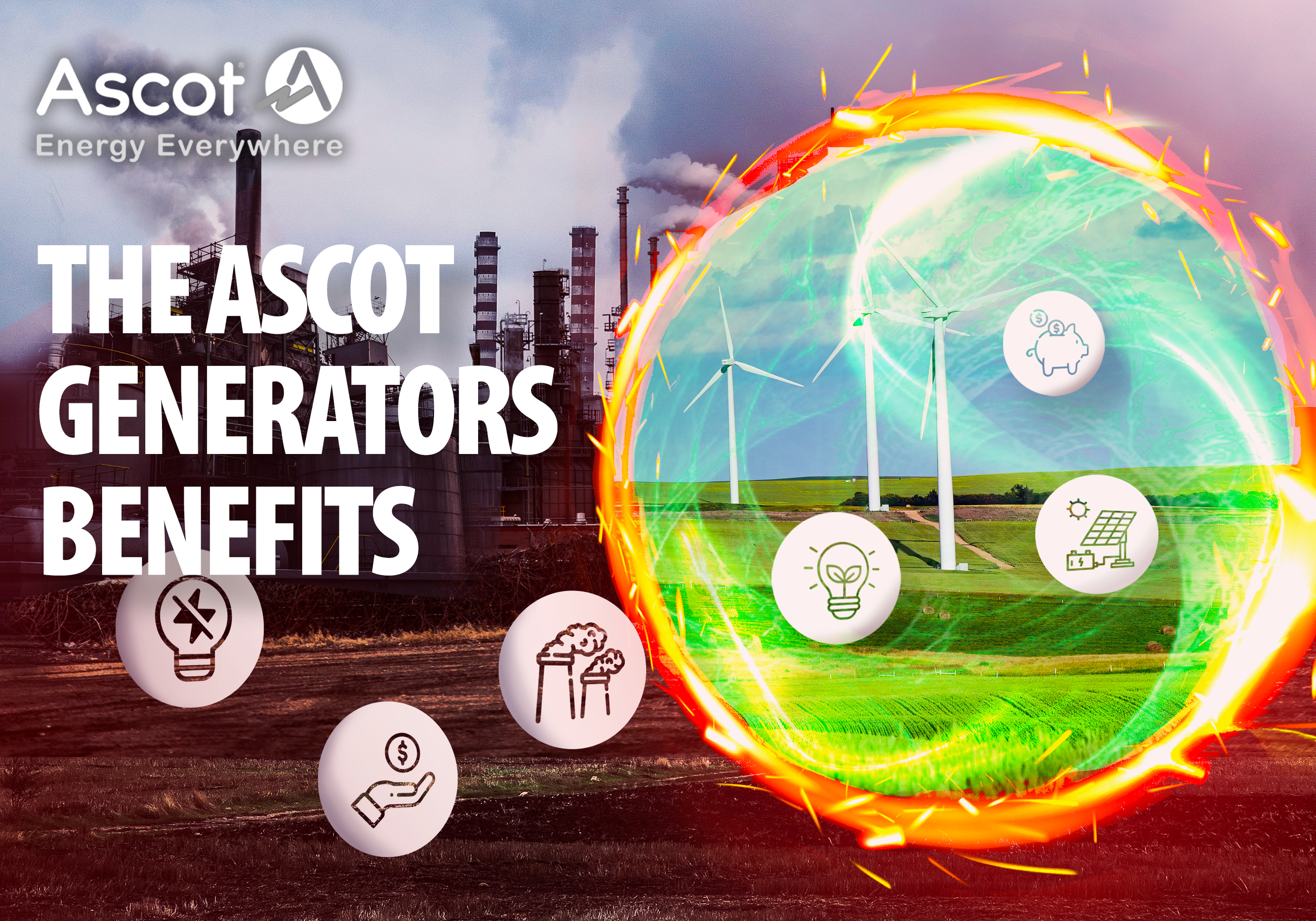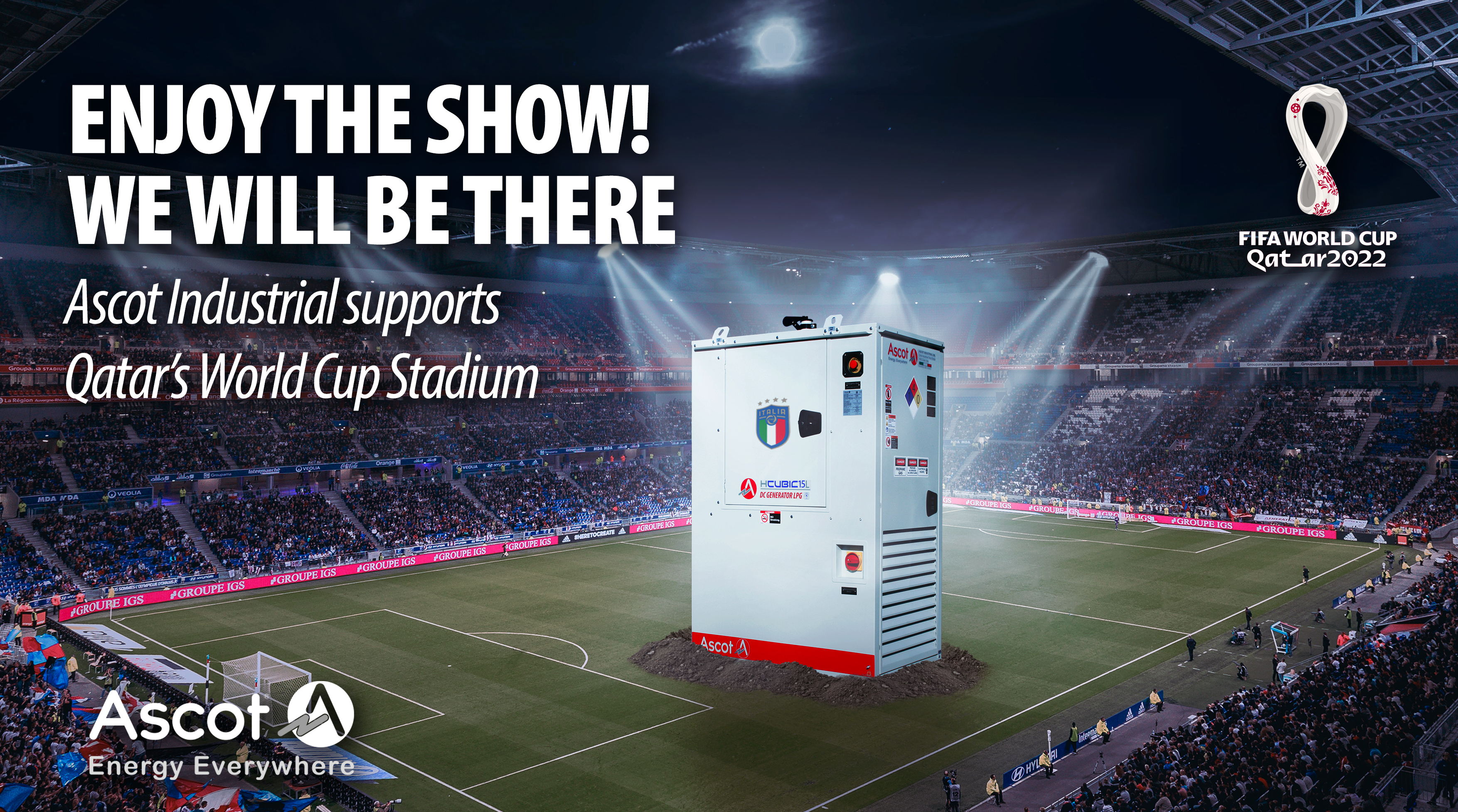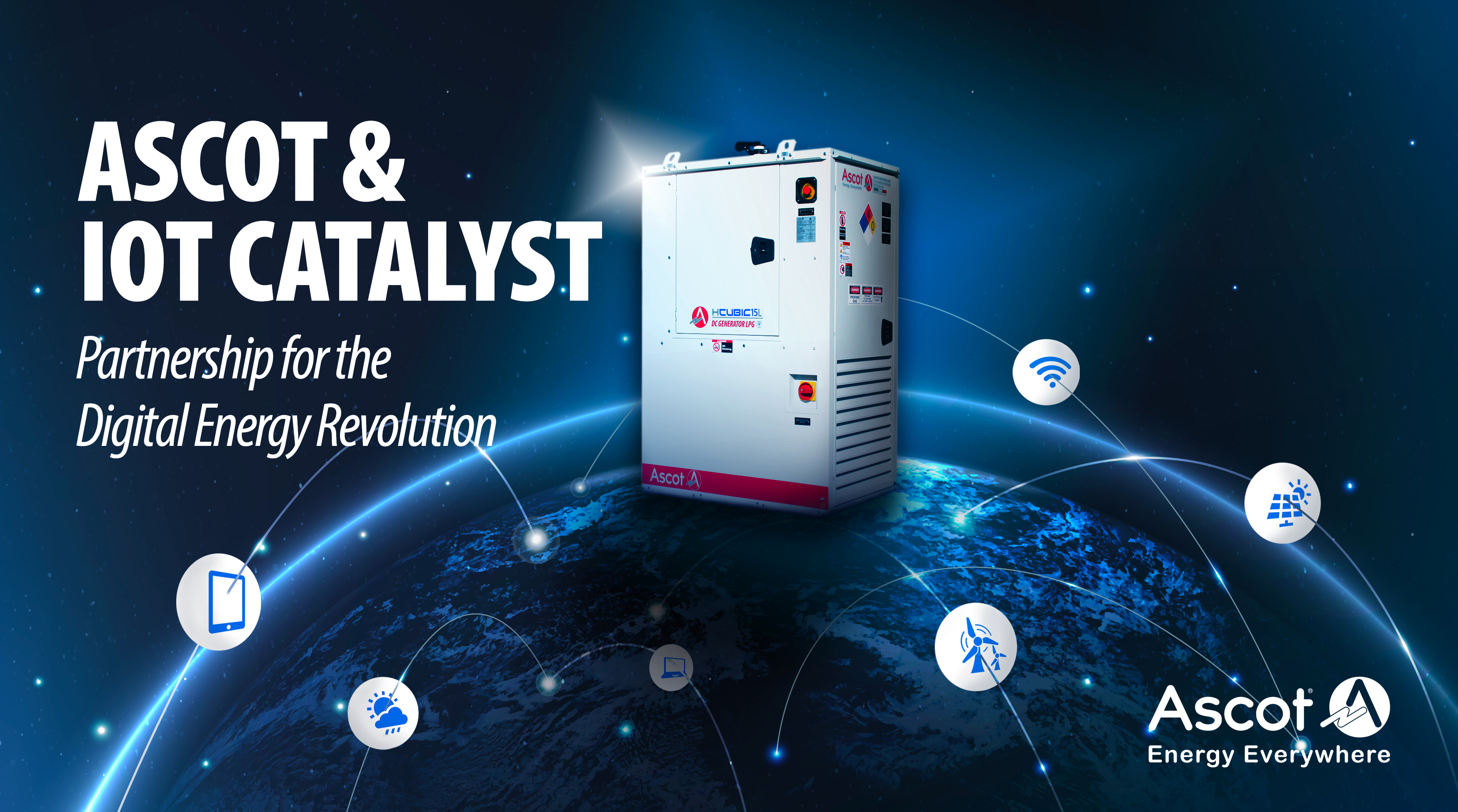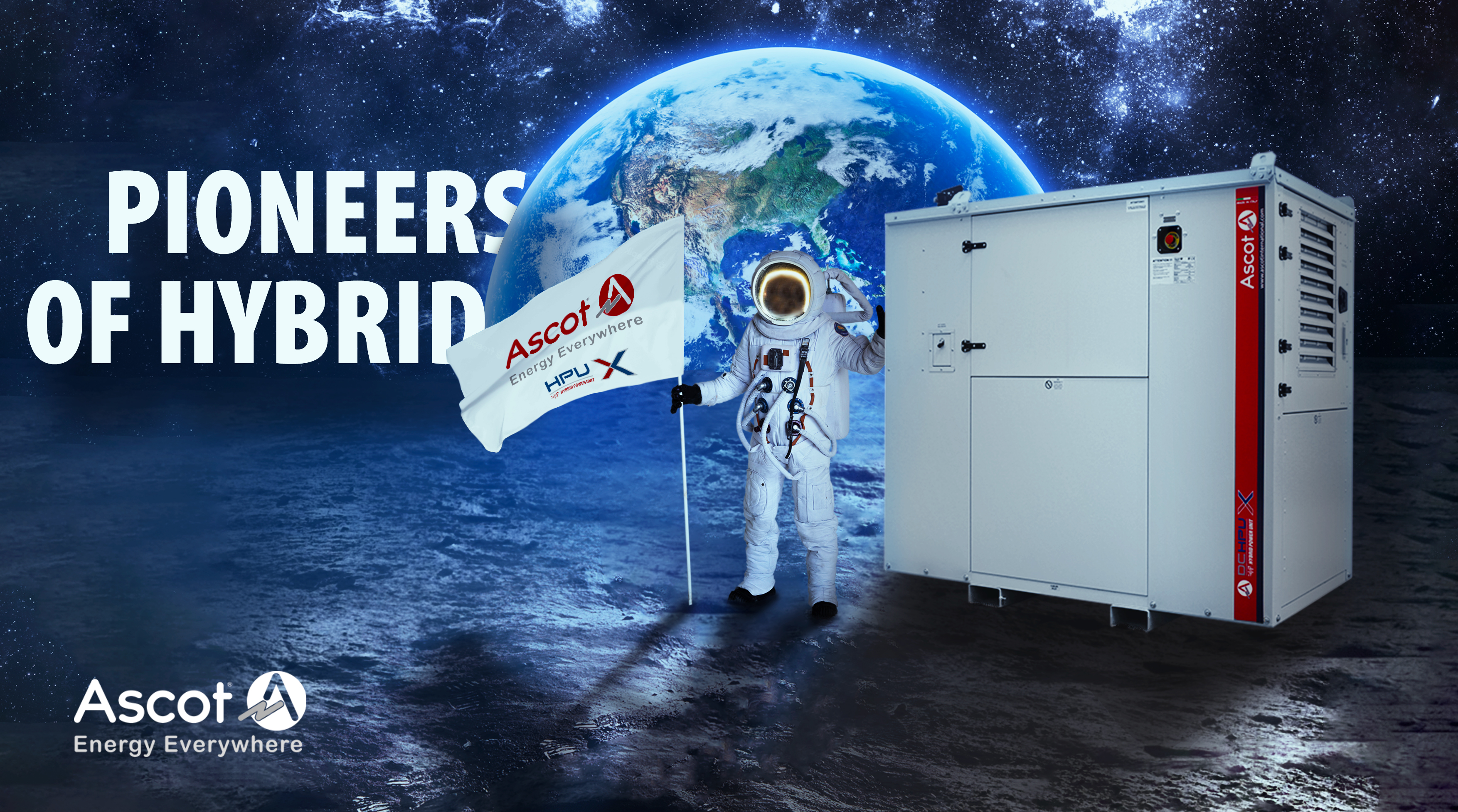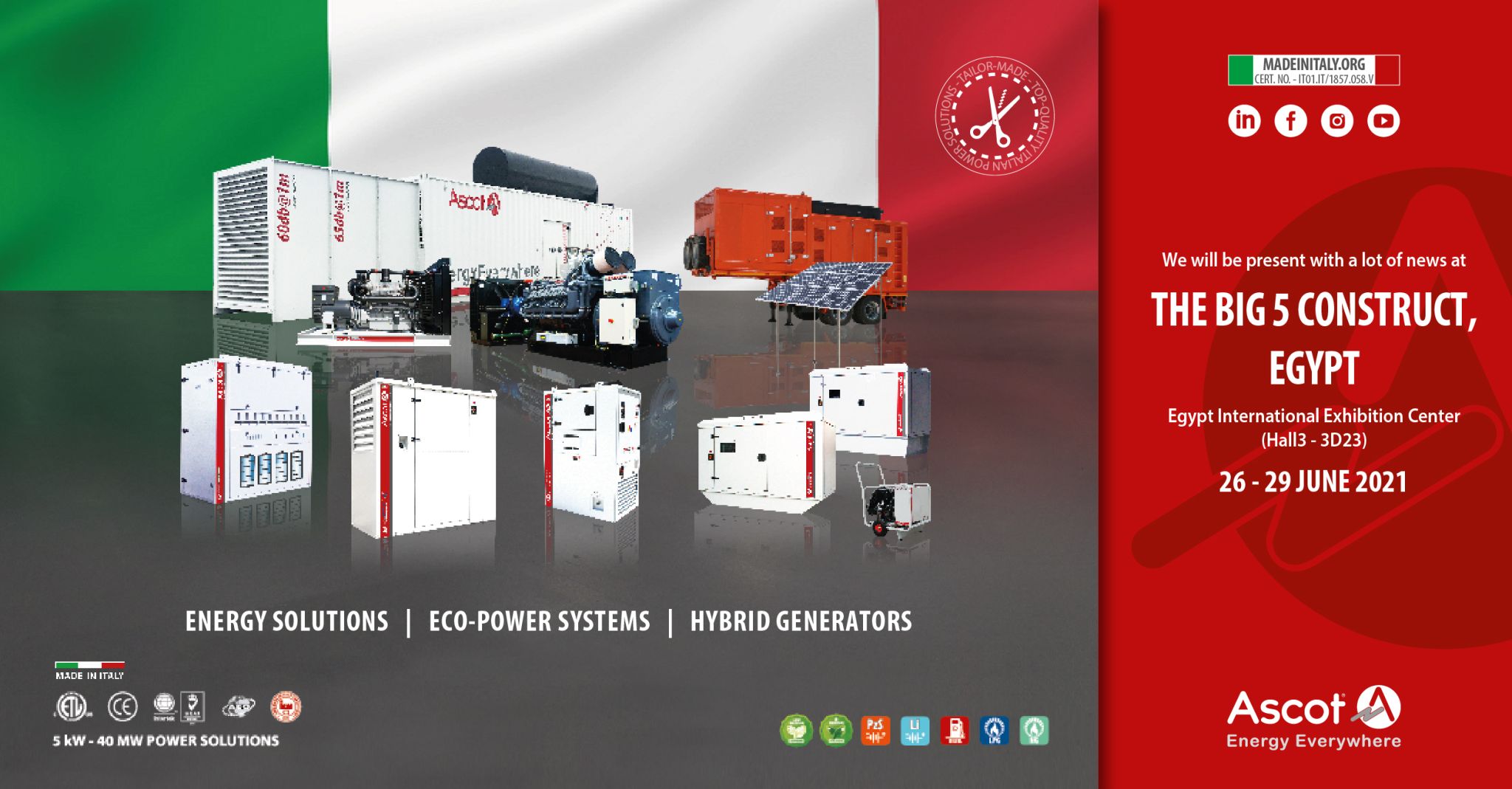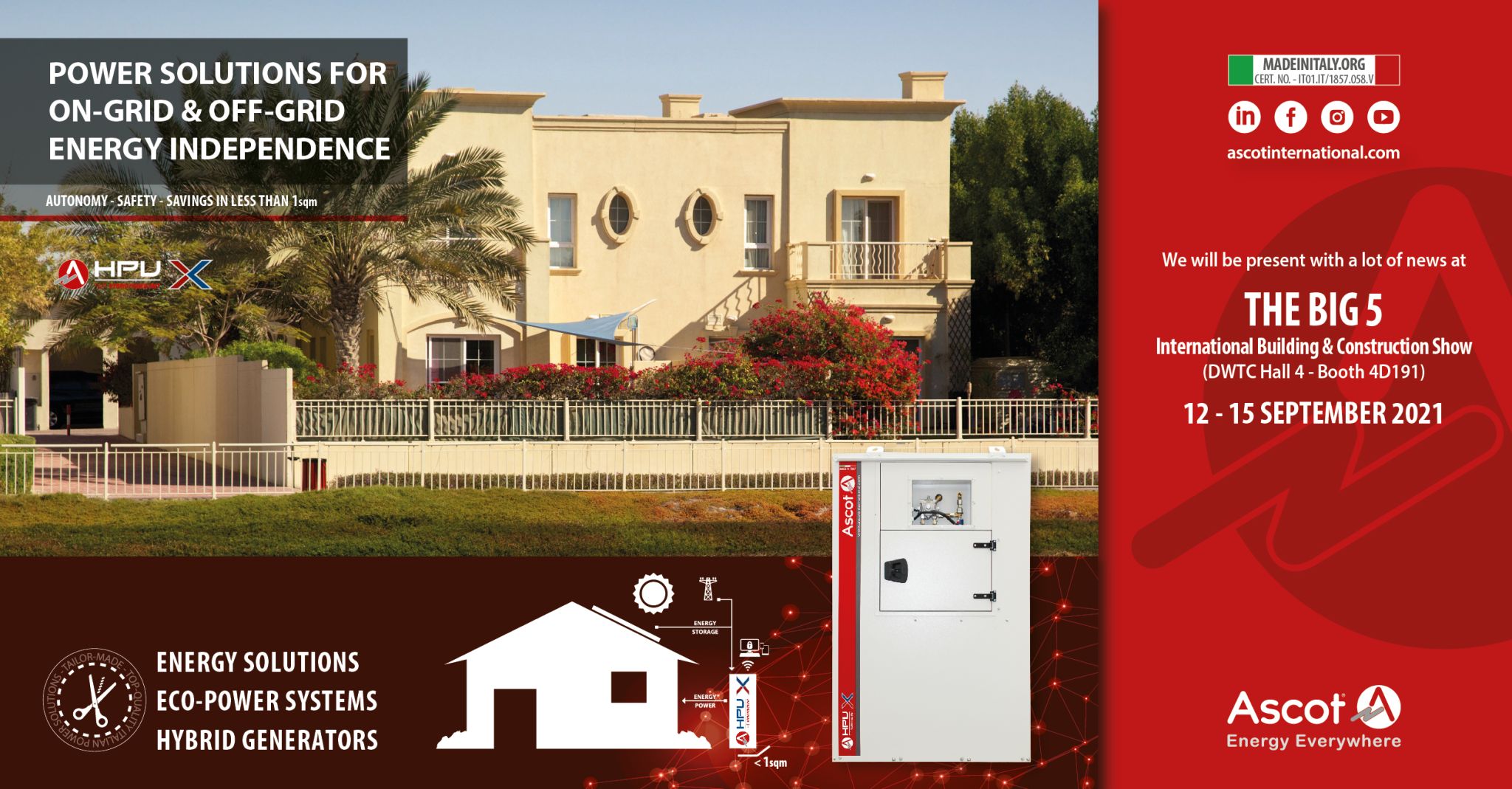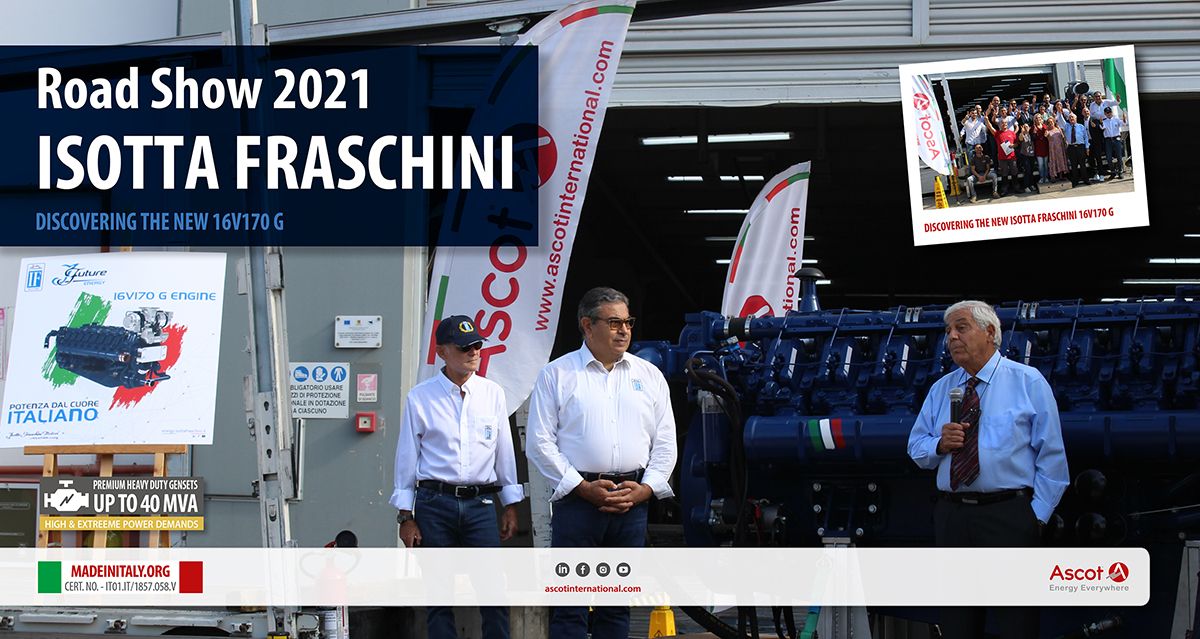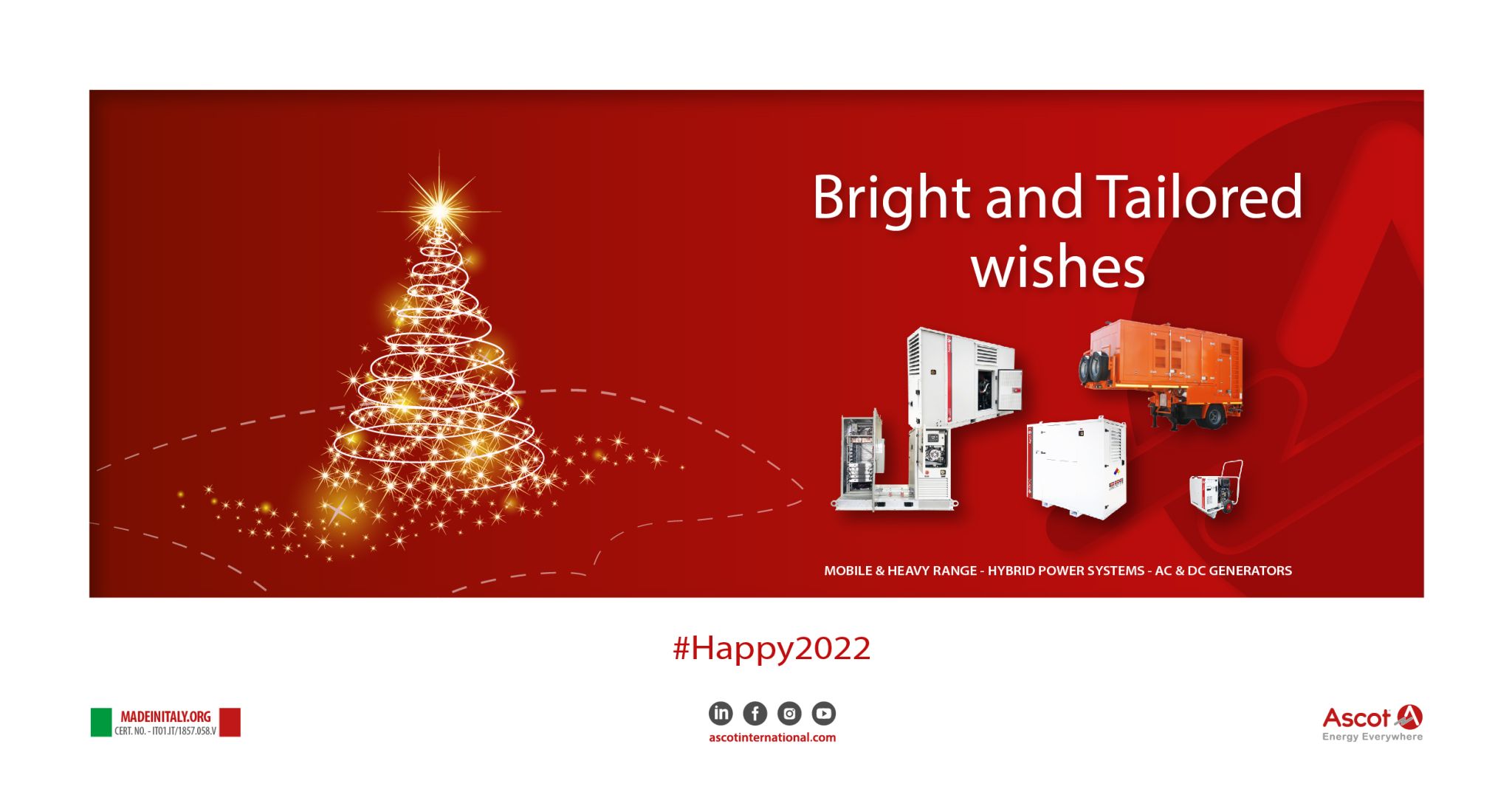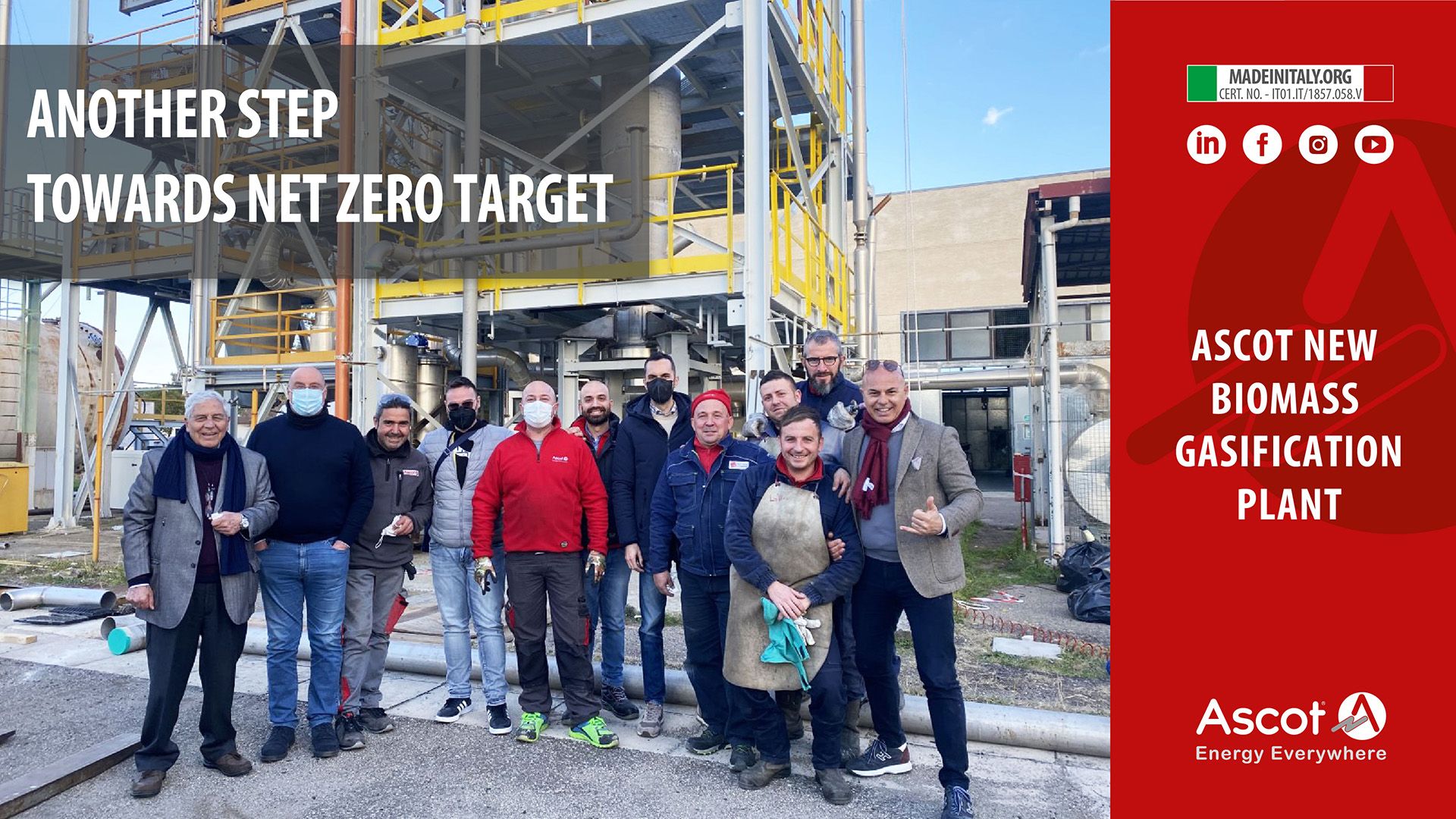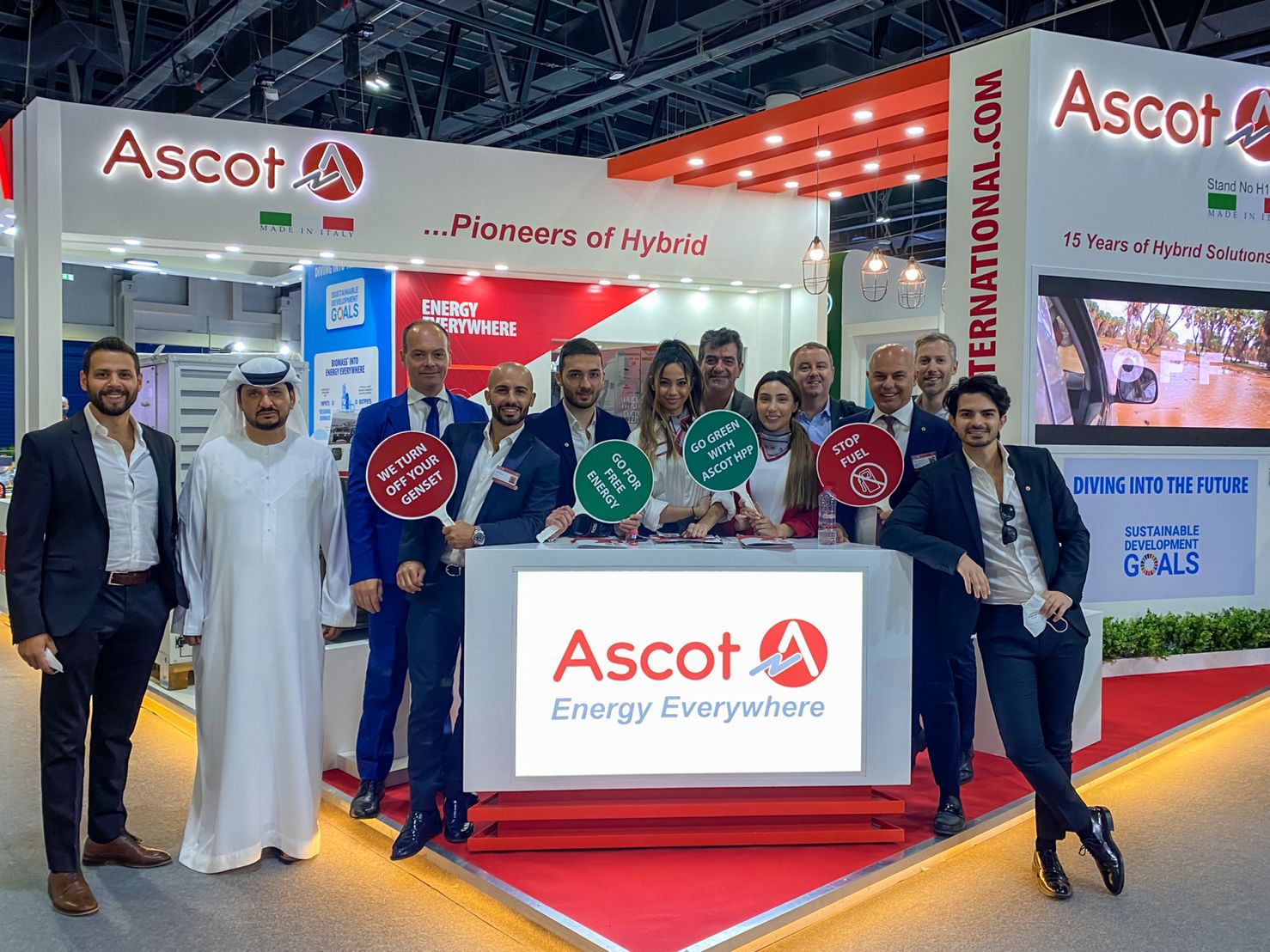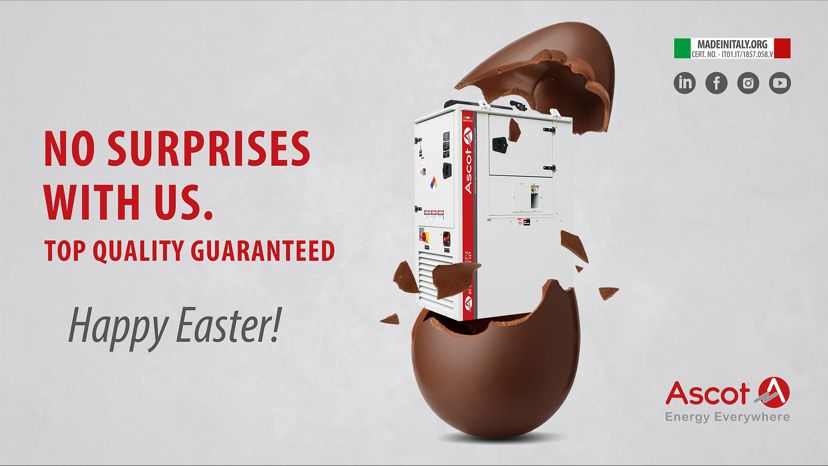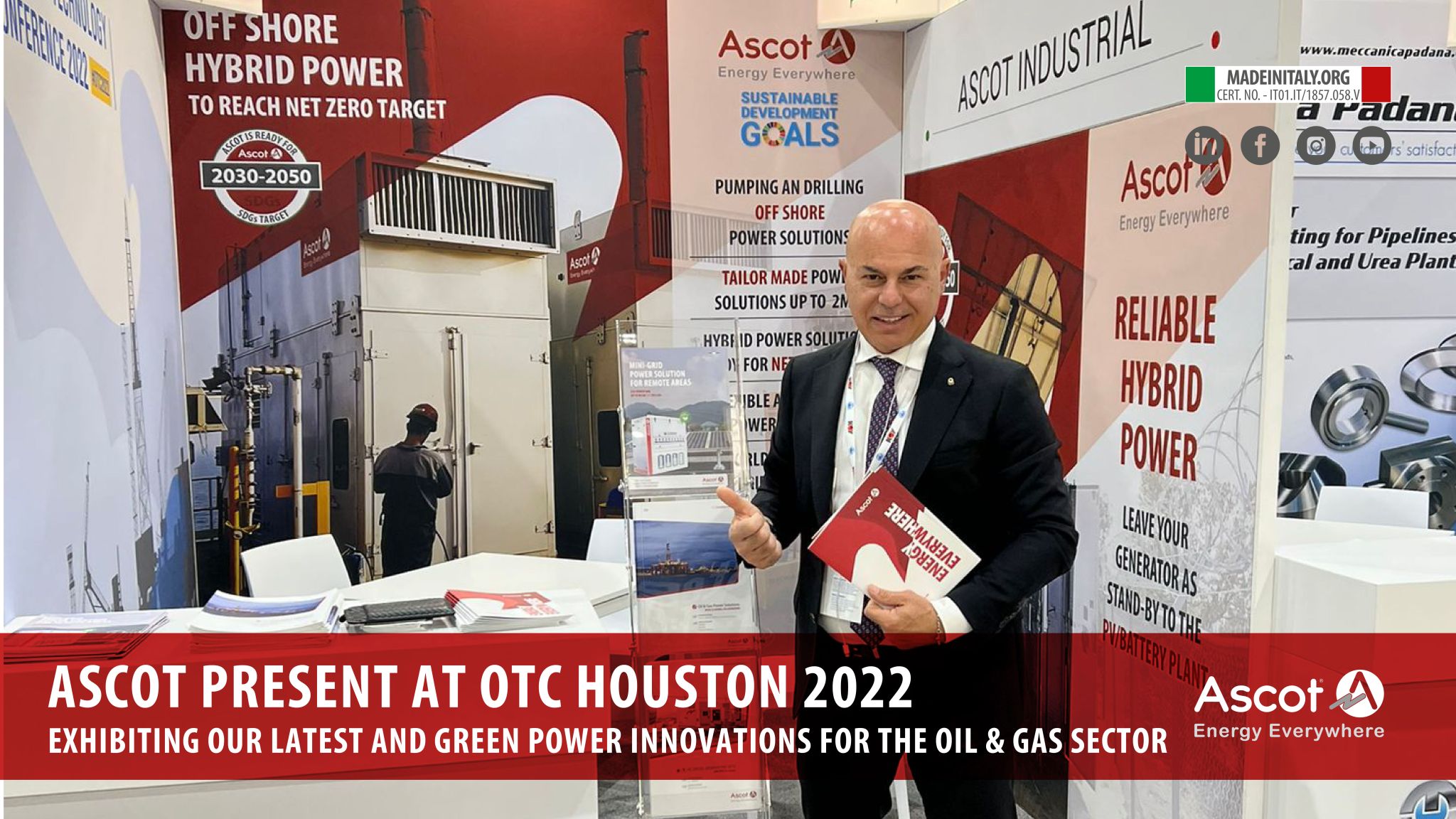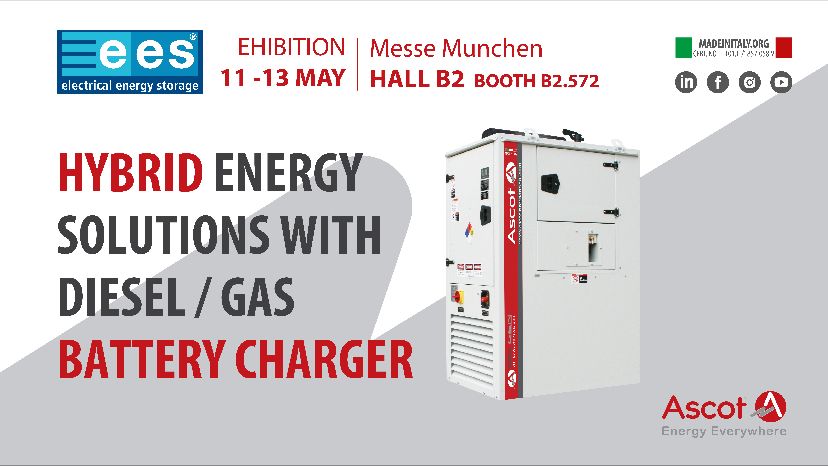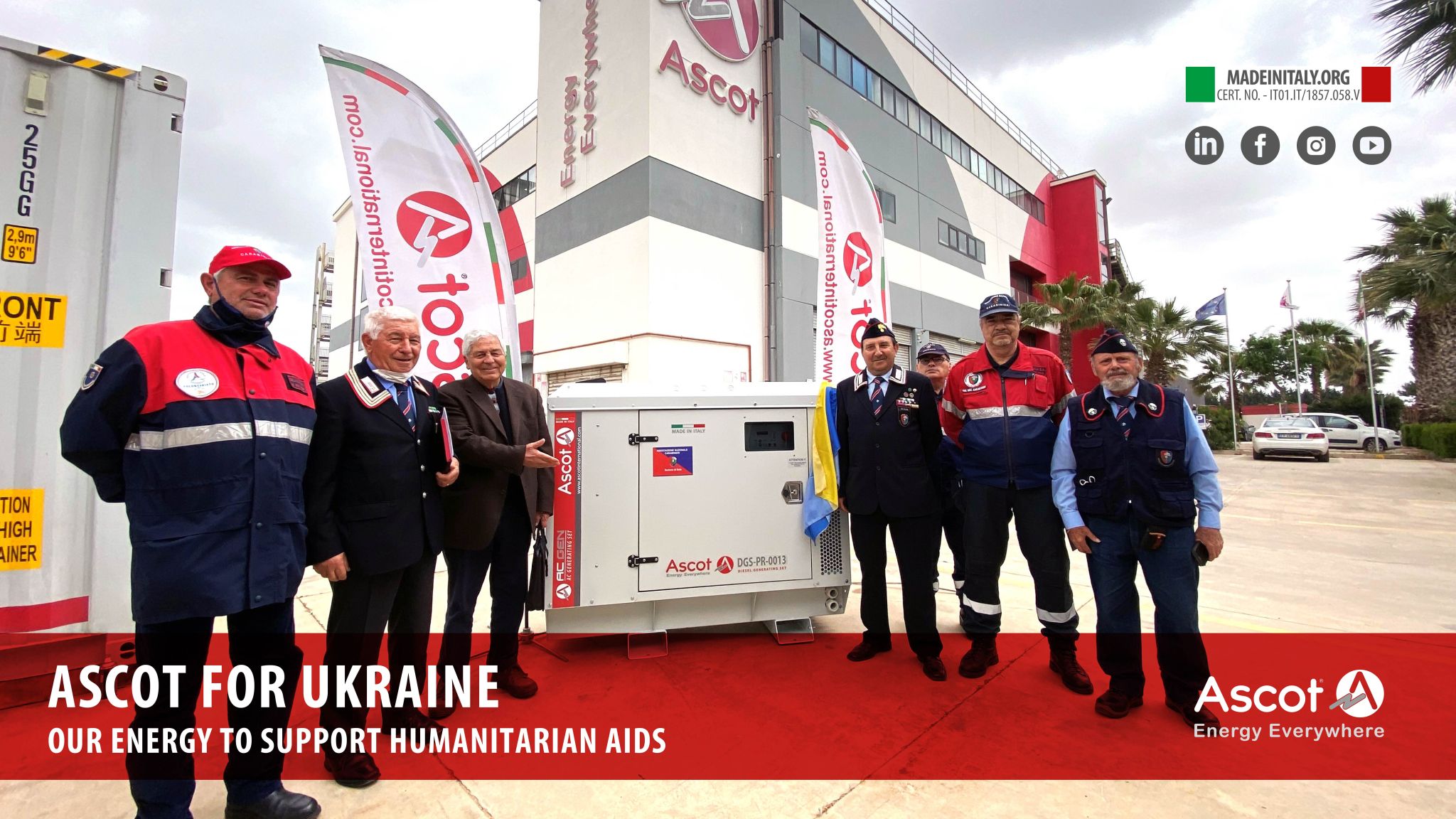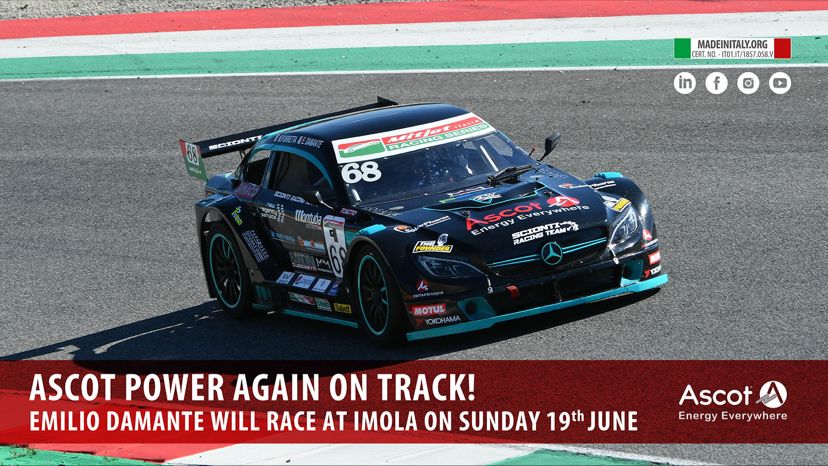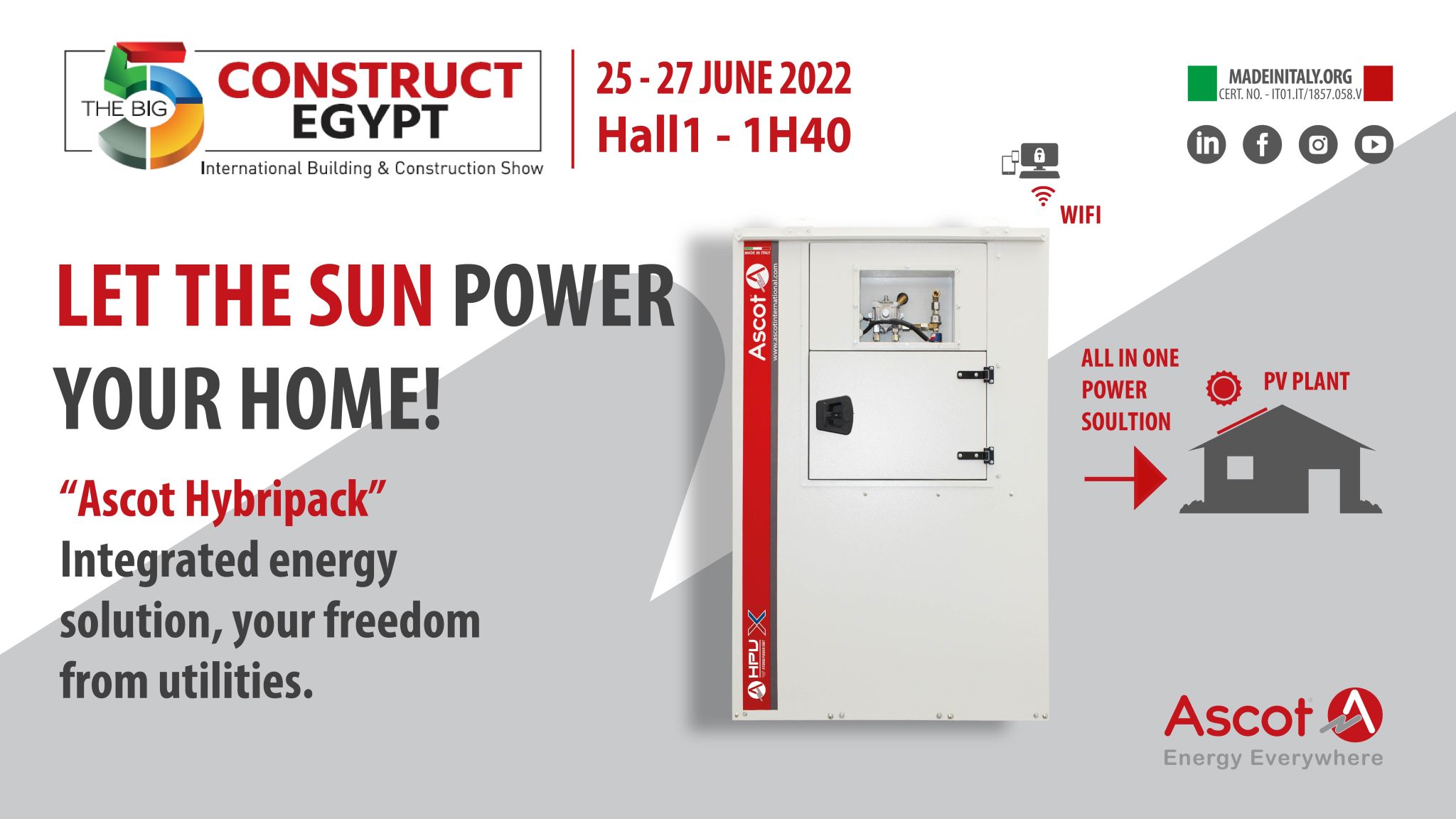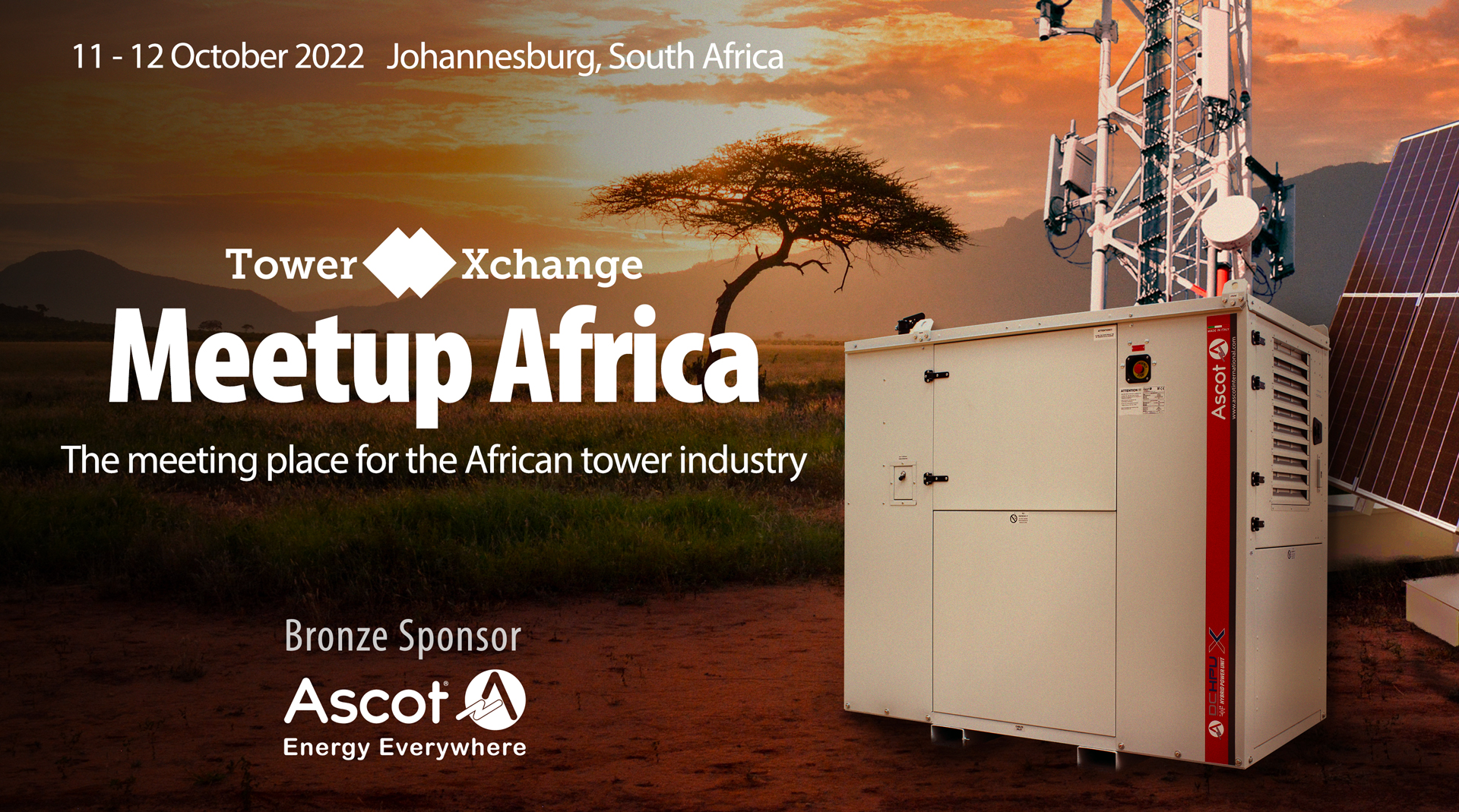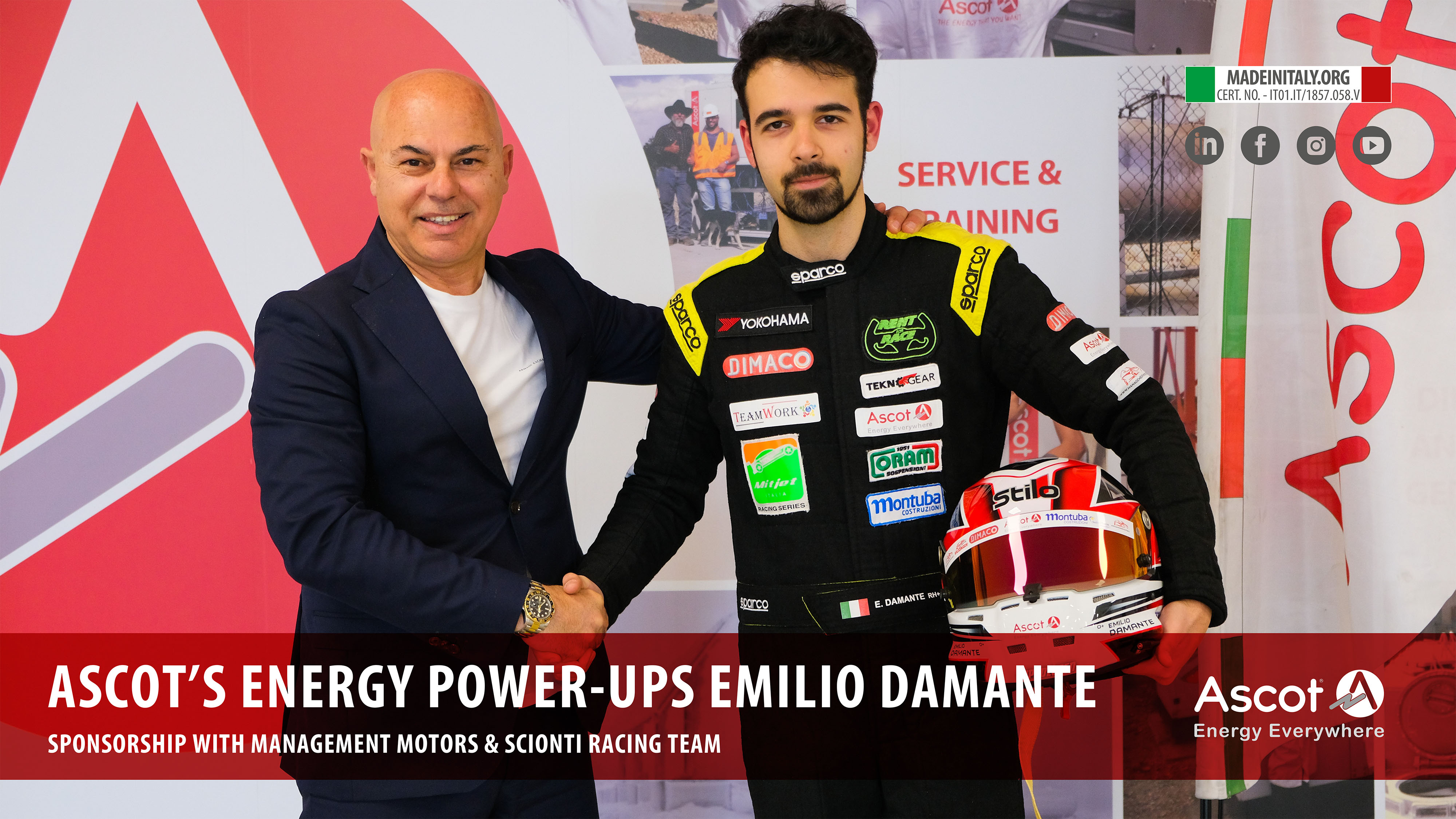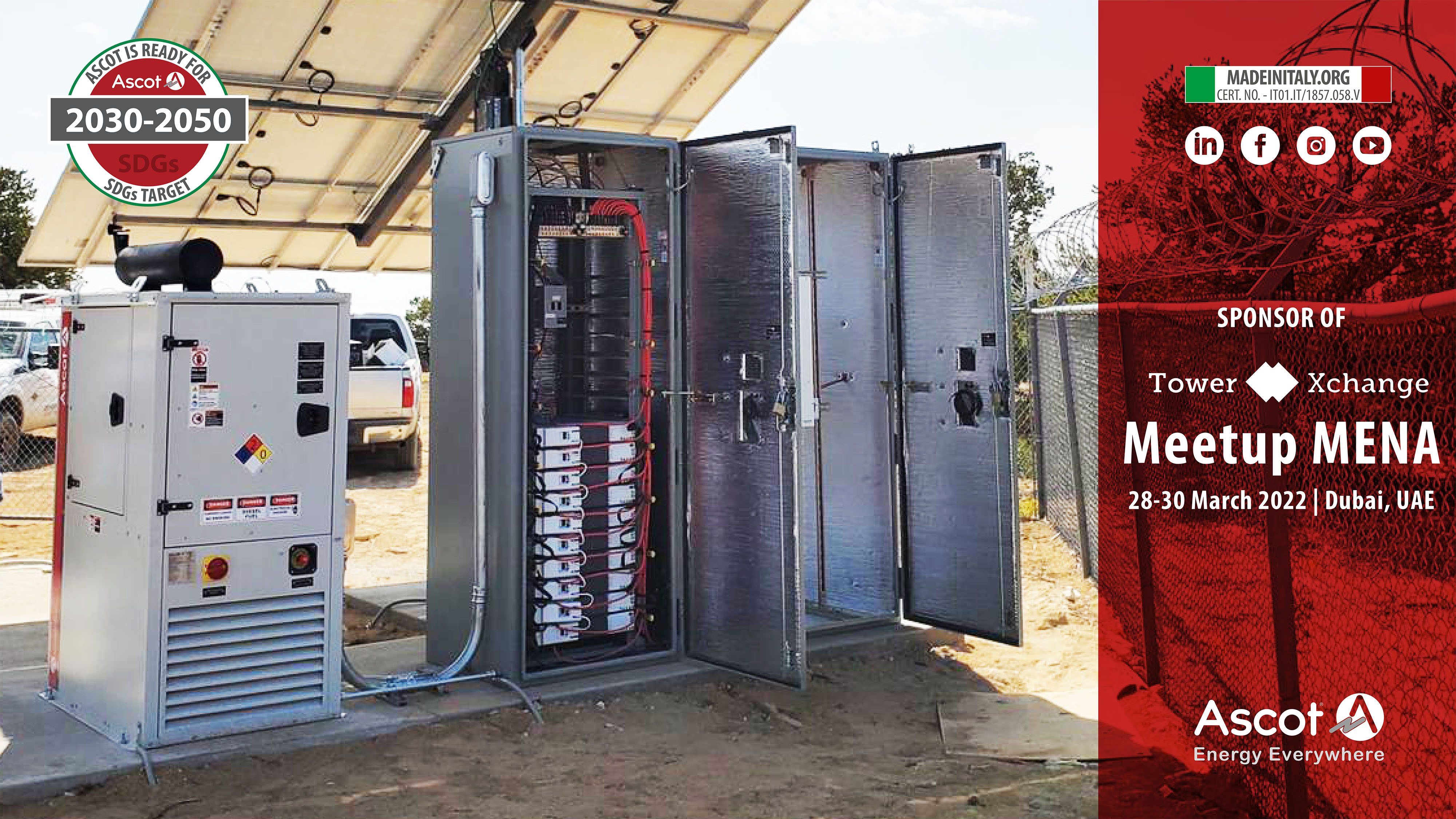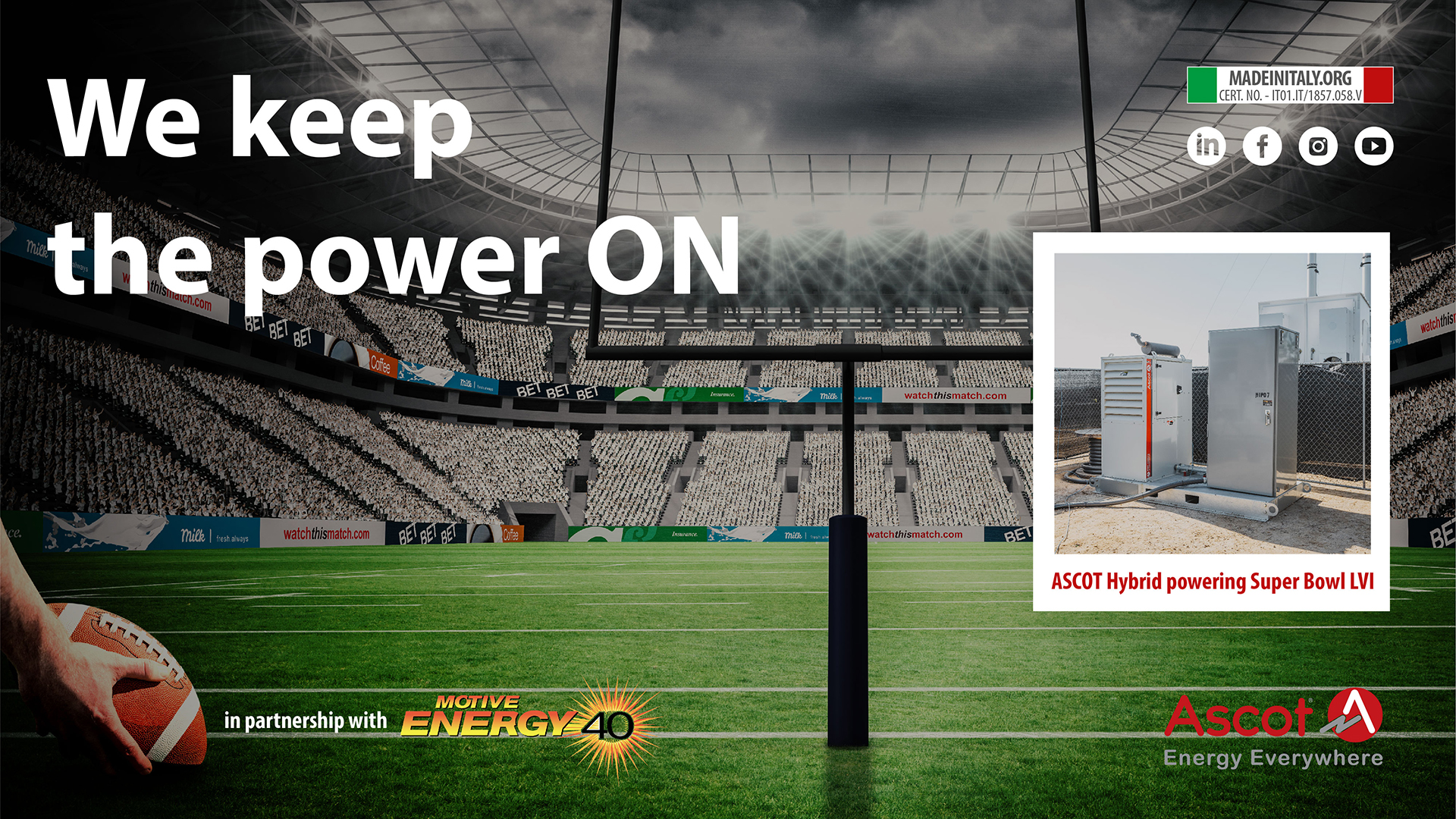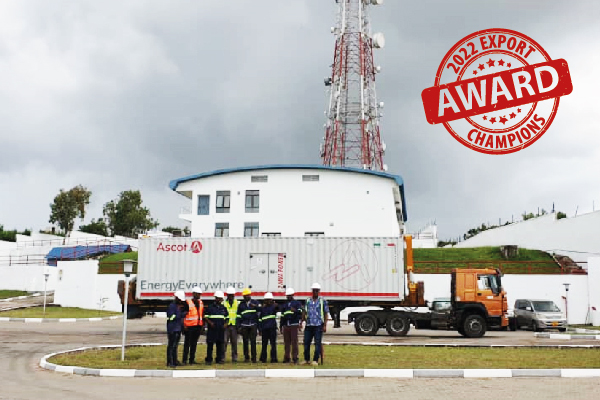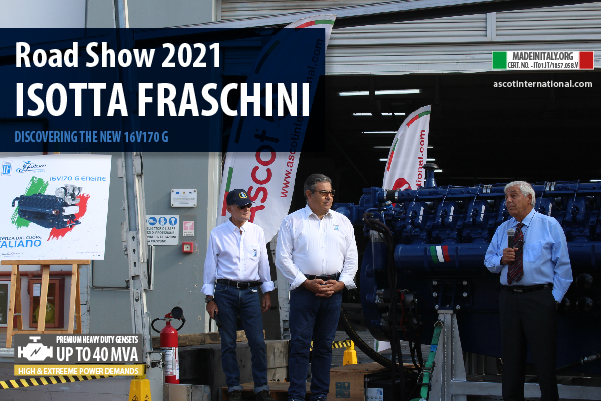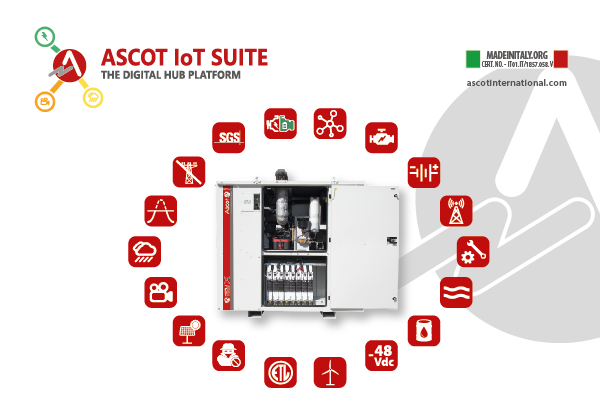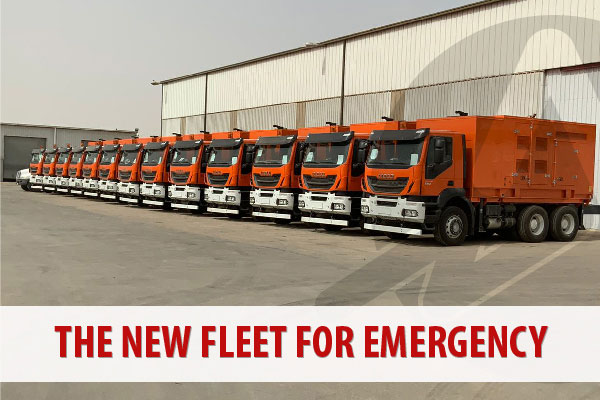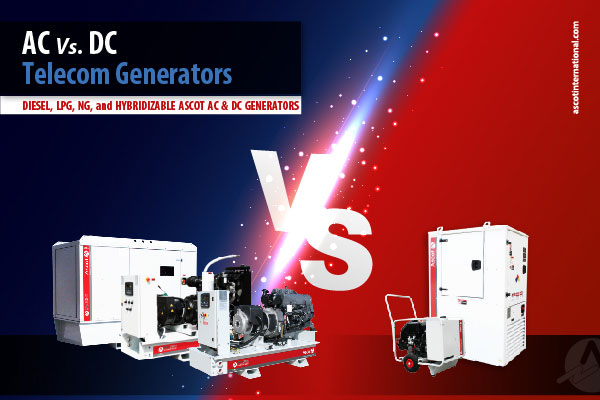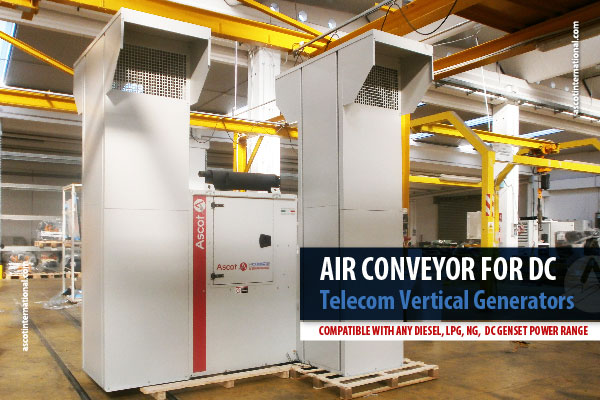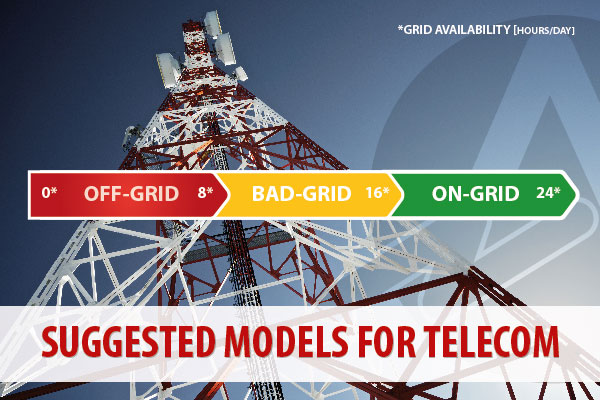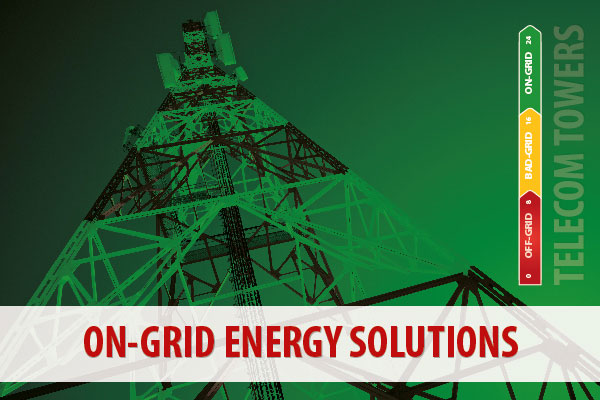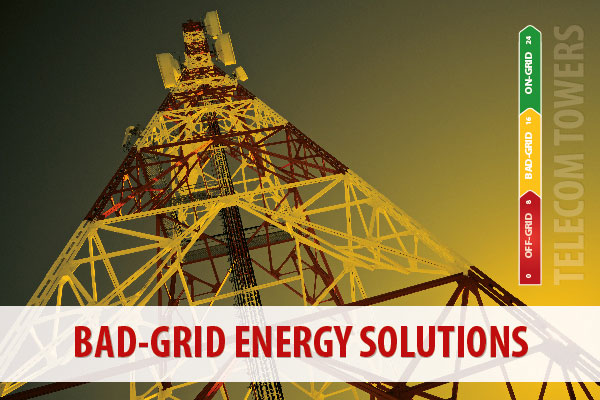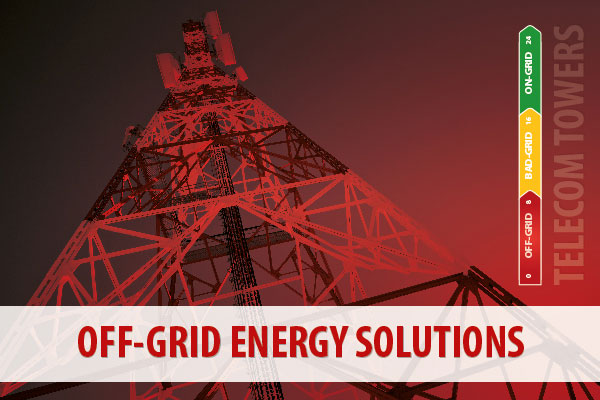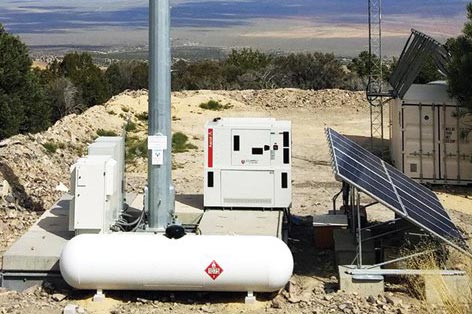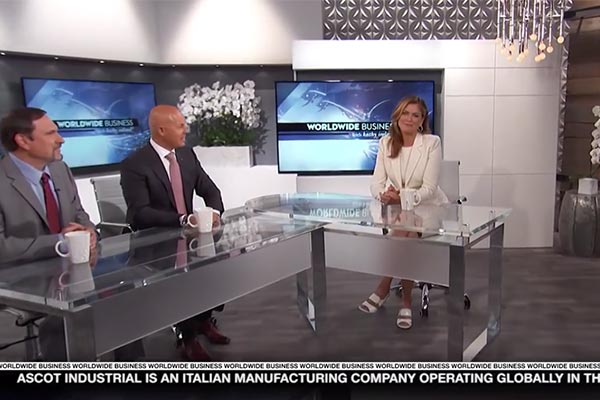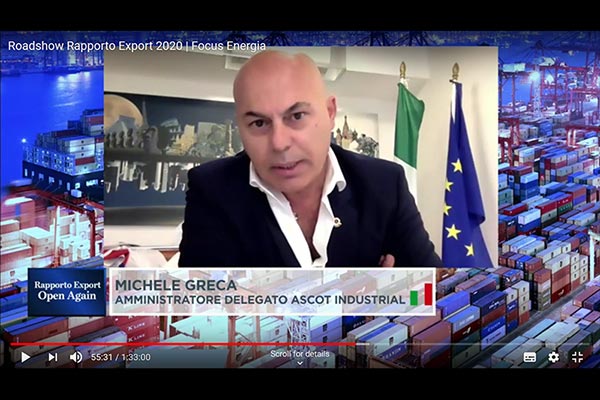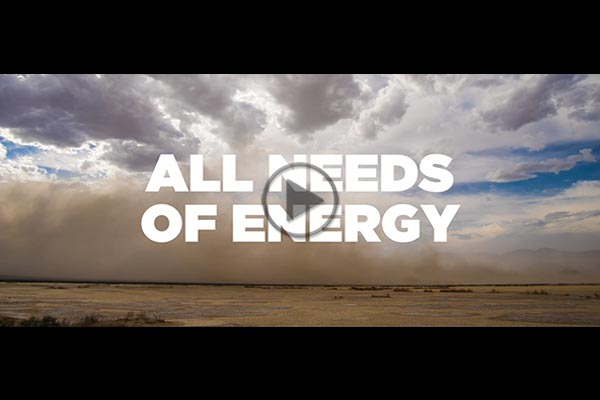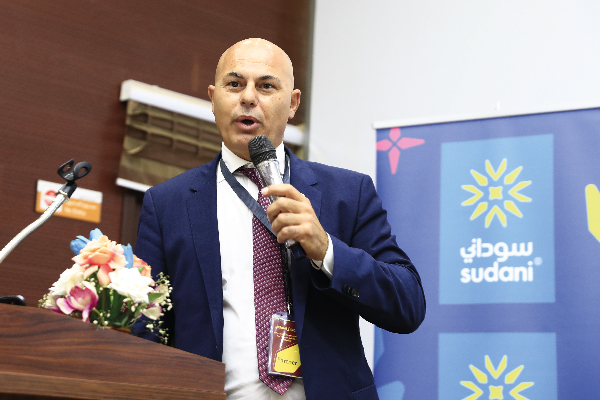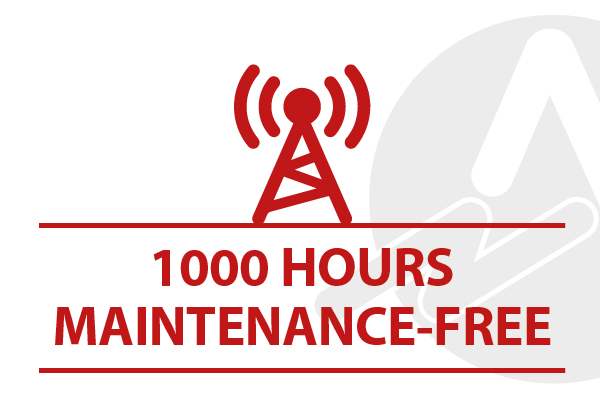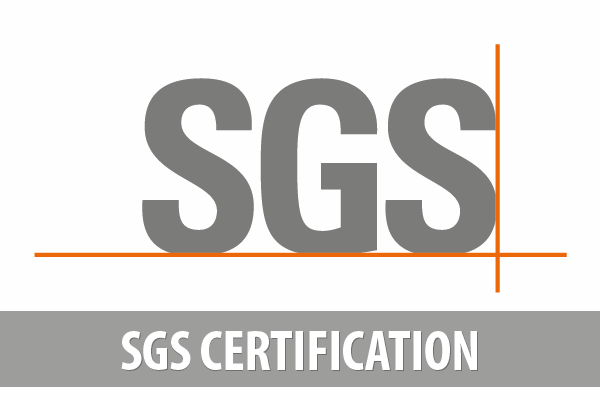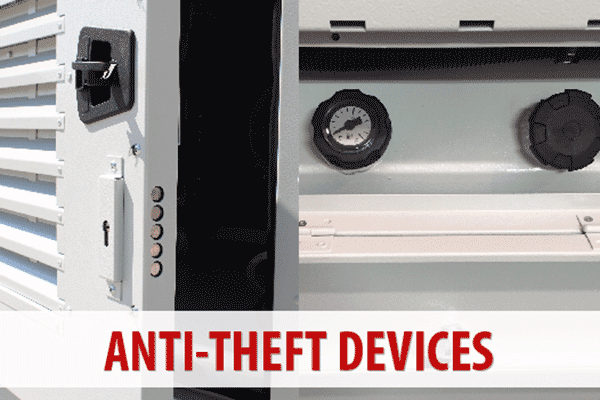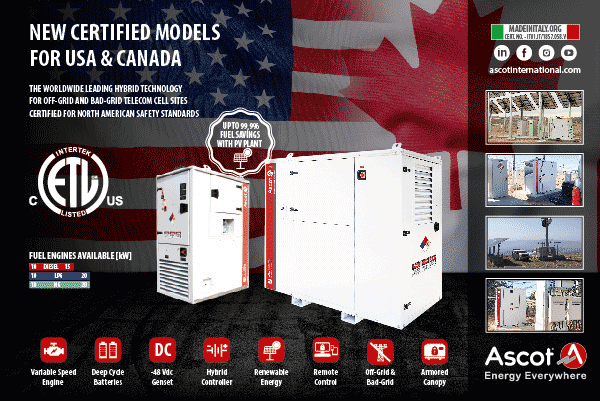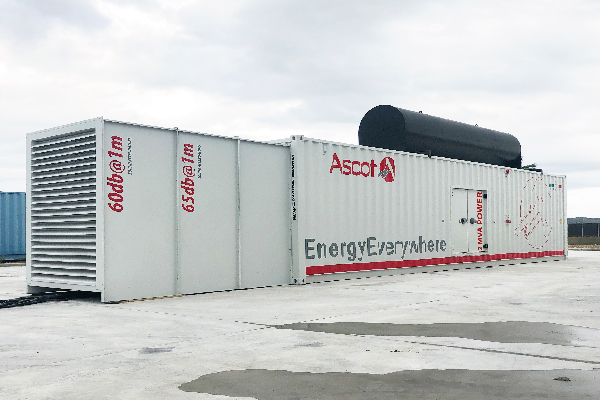Stage V / Tier 4 Final generators compliant with emission regulations
Stage V / Tier 4 Final generators compliant with diesel engine emission regulations
For its generators, Ascot uses Stage/Tier certified engines that comply with recent regulatory changes.
The regulations aim to gradually replace more polluting diesel engines with models that have a lower environmental impact, in order to reduce particulate and nitrogen oxide (NOx) emissions and improve fuel efficiency.
These regulations apply to internal combustion engines used in non-road mobile machinery of various power ranges and applications.
This category includes mobile generators intended for transportation.
The regulations establish new emission limits for diesel engines and the procedures to be followed to ensure that non-road mobile machinery (NRMM) is approved and marketable.
The new Stage V / Tier 4 Final emission regulations: definition
As mentioned earlier, Stage V and Tier 4 Final refer to the same regulation, with the former applying to Europe and the latter to America.
These are among the most stringent emission regulations in the world, driven by the urgent need to limit environmental impact, improve air quality, and protect human health and the environment.
The new standards aim to achieve cleaner combustion by reducing the harmful substances in diesel engine exhaust gases.
Stage V and Tier 4 Final do not provide flexibility for engines. The new standards apply to all new engines produced since January 1, 2019.
To equip machines with engines that comply with Stage V / Tier4Final requirements and ensure machine compliance, manufacturers have been required to modify their designs and incorporate advanced technologies such as:
- Diesel particulate filters (DPF) that separate exhaust gases from particulate matter.
- Selective catalytic reduction (SCR) systems that optimize combustion processes.
- Exhaust gas recirculation (EGR) systems that reduce particulate and NOx emissions.
- Electronic sensors that monitor real-time emissions.
All machines must have a clearly visible Stage V/Tier 4 Final conformity label on the engine cover.
Additionally, a certificate demonstrating compliance with the new emission regulations is essential.
Which machines are affected by Stage V
The Stage V regulation applies to non-road mobile machinery with diesel engines used in the following sectors:
- Industrial
- Agricultural
- Construction
- Earthmoving
This also includes mobile generators designed and developed by Ascot.
According to the regulations, machines powered by engines with less than 19 kW must comply with the new standards starting from 2019, while those with power exceeding 560 kW had to comply starting from 2020.
Estimates suggest that this new regulation will result in a reduction of particulate emissions by up to 99% and NOx emissions by up to 96% compared to previous standards.
Evolution of emission regulations: the difference between Stage V / Tier 4 Final and previous standards
The rules for diesel engine emissions are constantly evolving to reduce environmental impact.
The original regulations were introduced in the late 1990s, with Tier or Stage 1 setting the initial emission limits for particulate matter and nitrogen oxides (NOx).
The standards were then modified in 2000 with Tier or Stage 2, which focused on nitrogen oxides (NOx), carbon monoxide (CO), particulate matter (PM), and non-methane hydrocarbons (NMHC) emitted by engines.
In 2006, Tier or Stage 3 was introduced, further reducing particulate emissions by -63% and NOx emissions by -57% compared to previous standards.
The most significant leap occurred in 2011 with the transition from Tier 3 to Tier 4 Interim (or Stage 3B), and in 2014/15 with Tier 4 Final (or Stage 4). The engines had to reduce particulate matter by 90% and nitrogen oxides by 50%.
During this time frame, manufacturers overcame significant technical production challenges and gradually adapted their machines.
Tier 4 also introduced ultra-low sulfur diesel fuel to achieve emission goals. Furthermore, it set higher standards for advanced engine technologies and exhaust after-treatment systems.
Stage V / Tier 4 Final is the latest standard introduced in 2019, with even more stringent emission rules and limits approaching zero.
In particular, particulate matter must be reduced by 99% compared to the old standards, and nitrogen oxides must be reduced by 96%.
Additionally, particle counting (PN) in exhaust gases has been included.
The Stage V / Tier 4 Final standard represents a significant step forward in the fight against air pollution caused by diesel engines.
However, it is expected that emission regulations will continue to evolve and become more restrictive, pushing machinery manufacturers to develop increasingly innovative and energy-efficient solutions.
Ascot's offering of generators with Stage 5 / Tier 4 Final certified engines
Ascot has always been committed to generating energy in an environmentally friendly manner.
As pioneers in the energy sector, we embarked on the path of reducing CO2 emissions and have consistently supported the ecological transition required by the European Union.
For our generators, Ascot utilizes Stage/Tier certified engines that comply with recent regulatory changes.
We have worked in advance to ensure our diesel engines comply with this new regulation, optimizing power, improving performance, and increasing operational efficiency while reducing operating costs.
Once again, we demonstrate our commitment to a more sustainable future.
For more information about our generators with Stage/Tier certified engines, please contact us.

